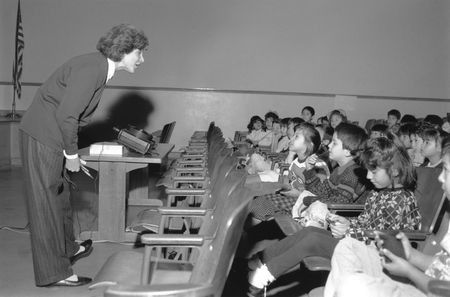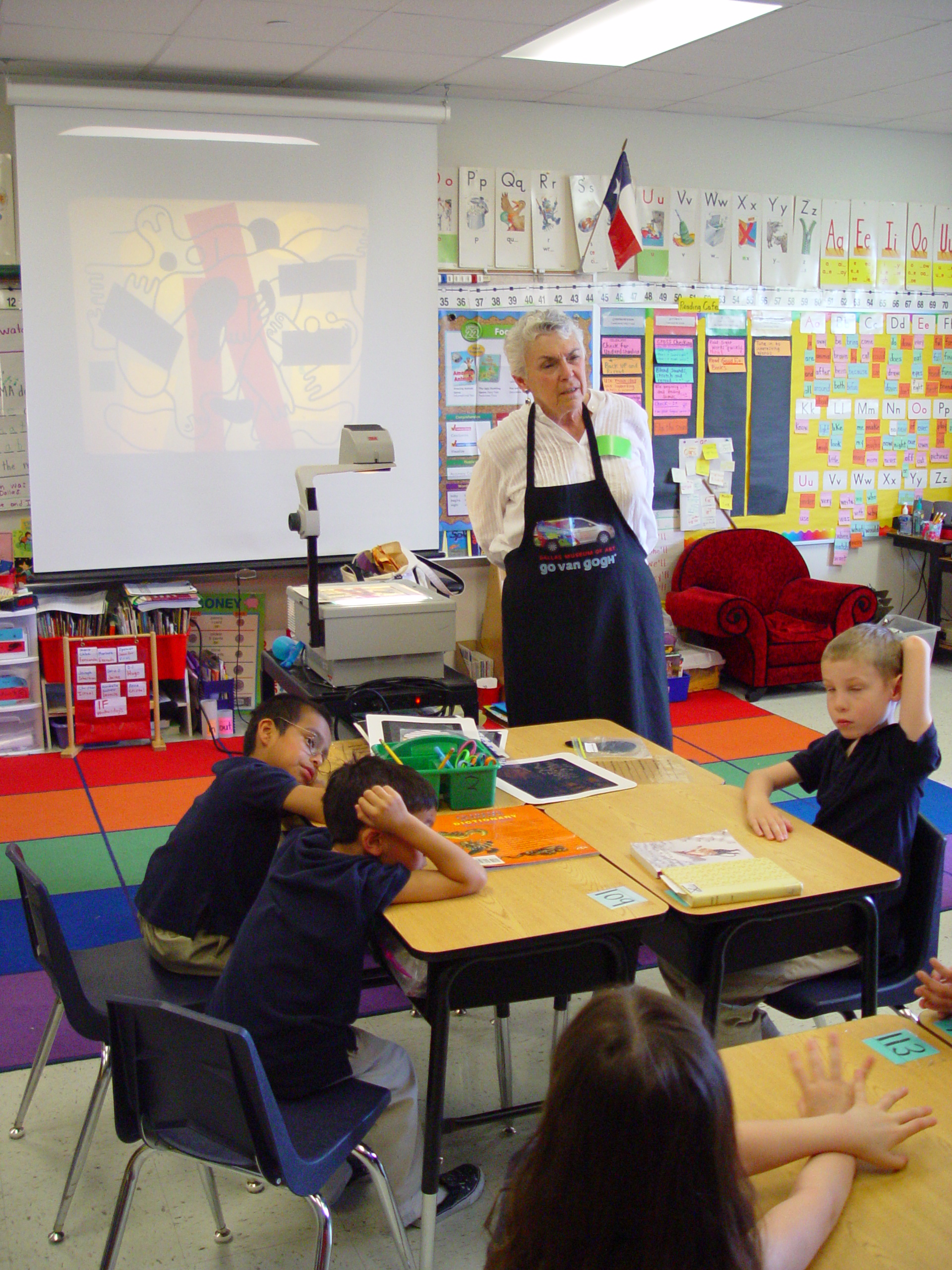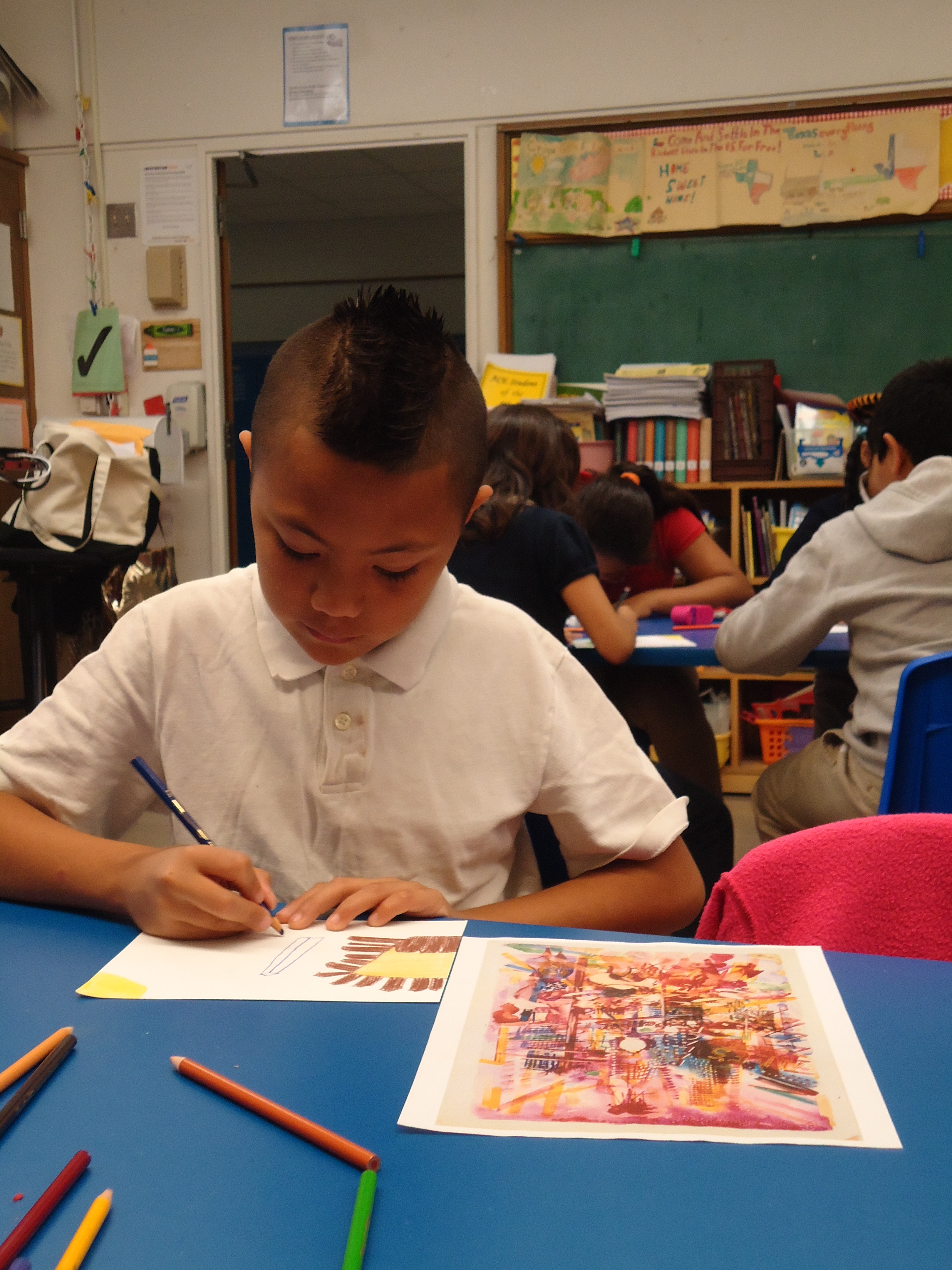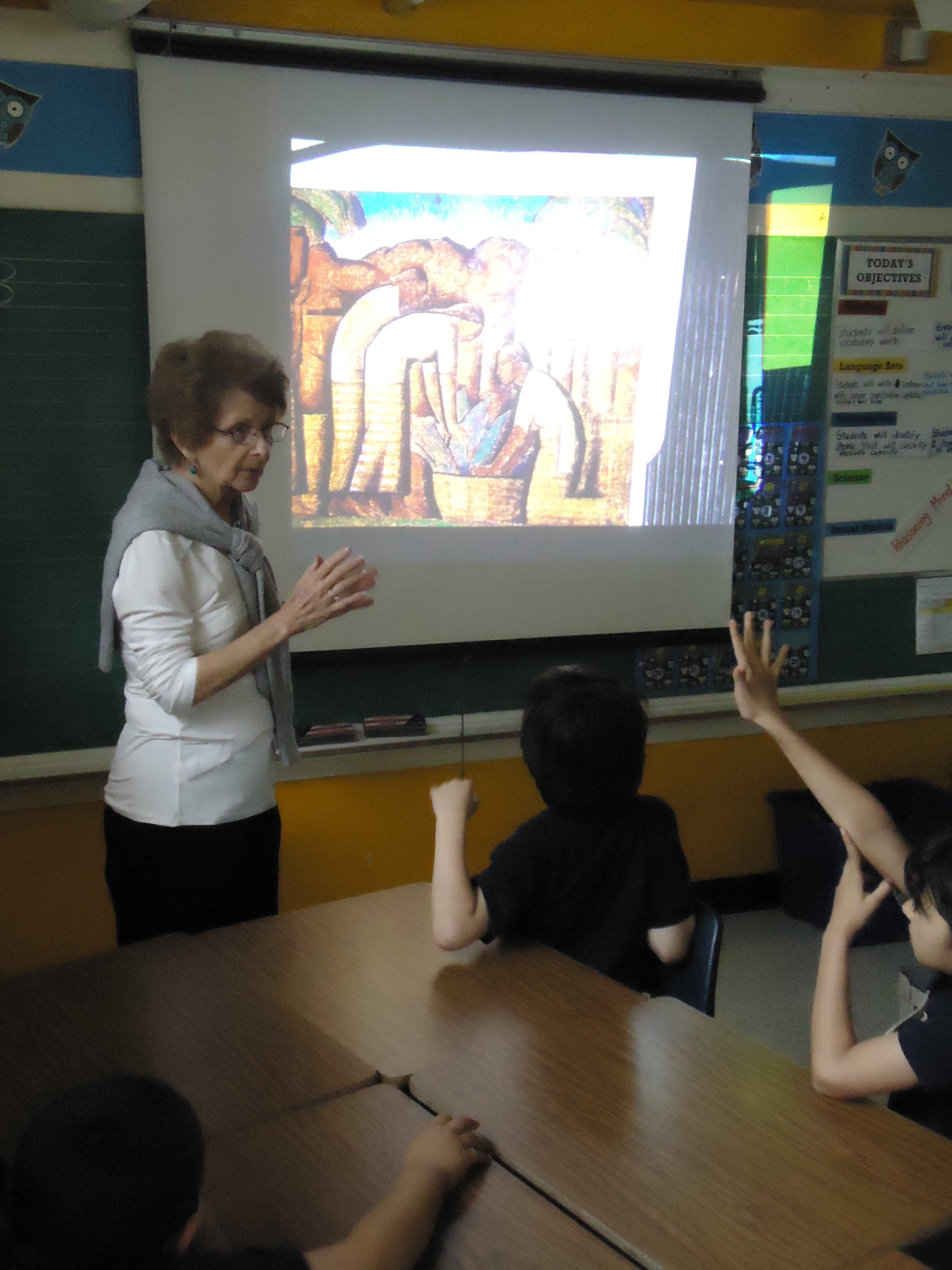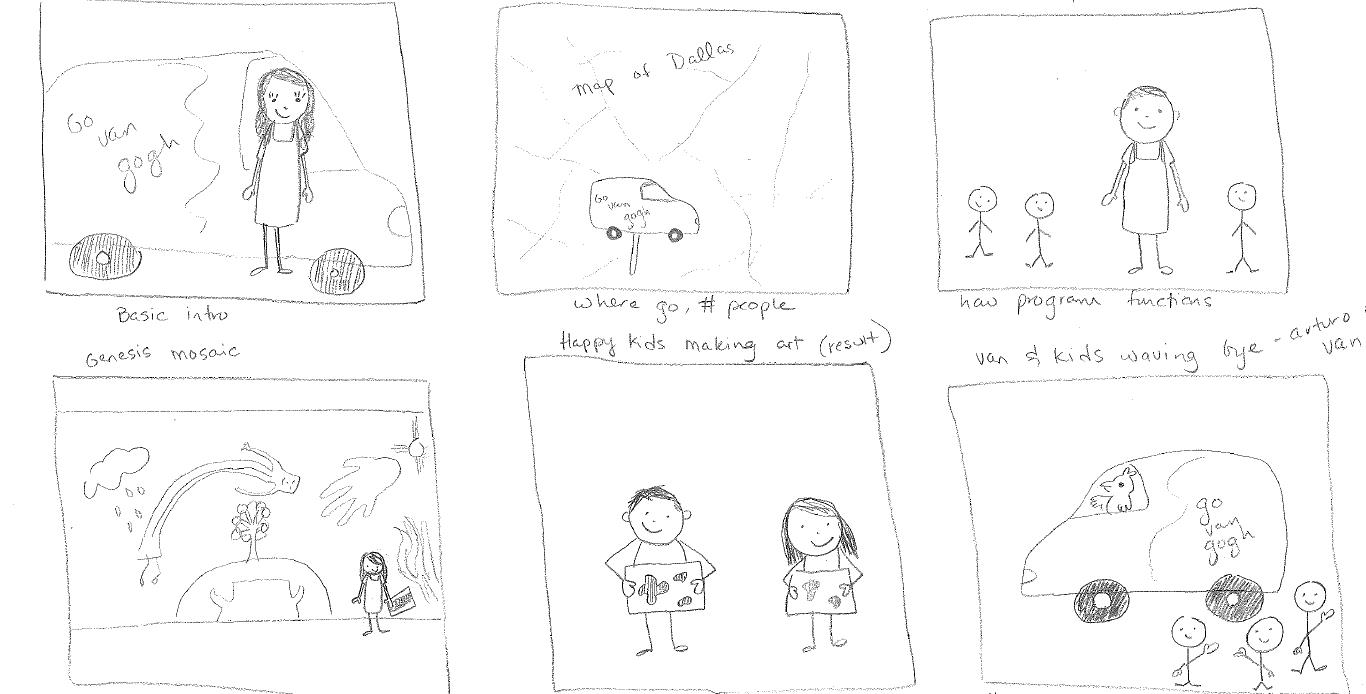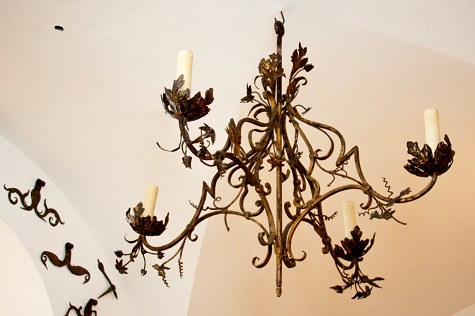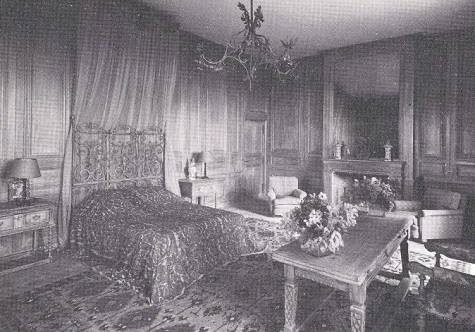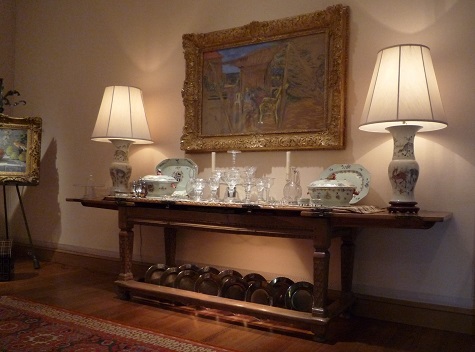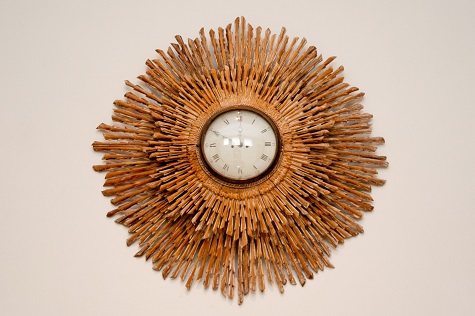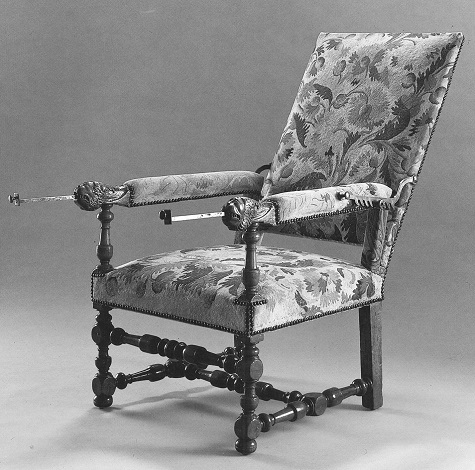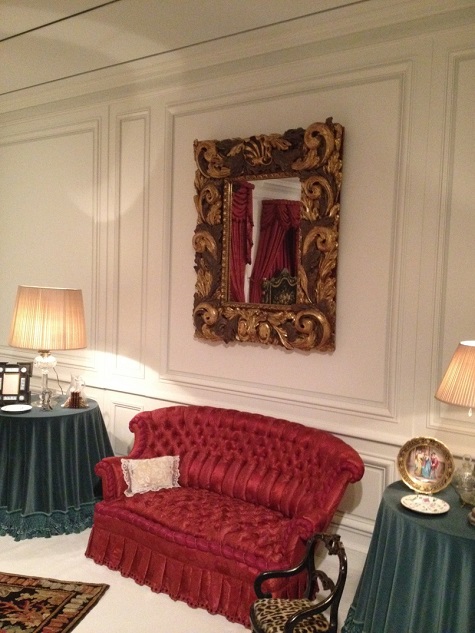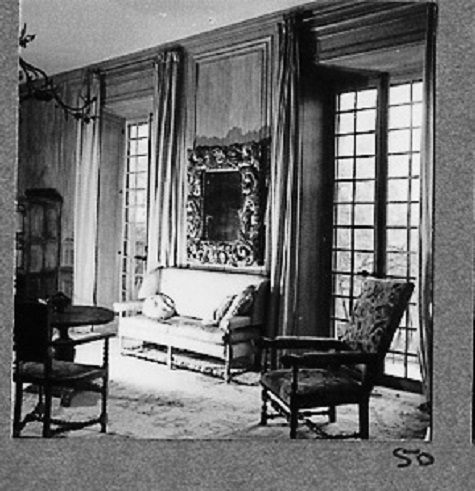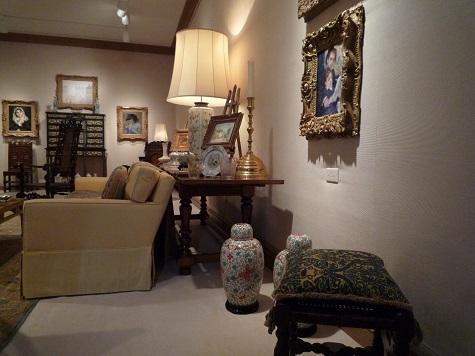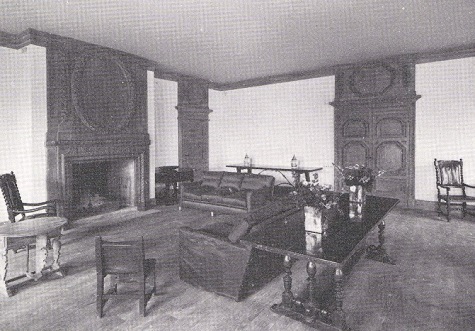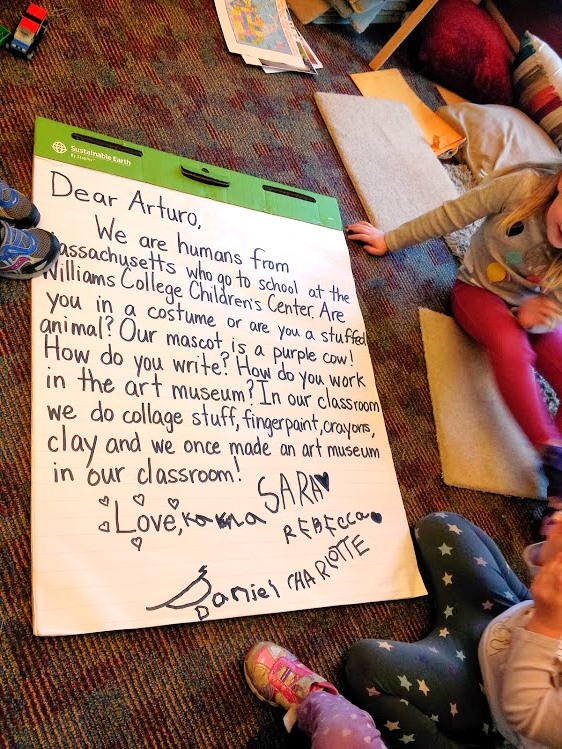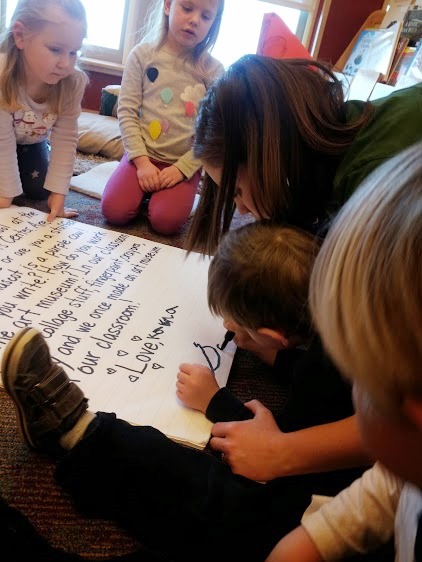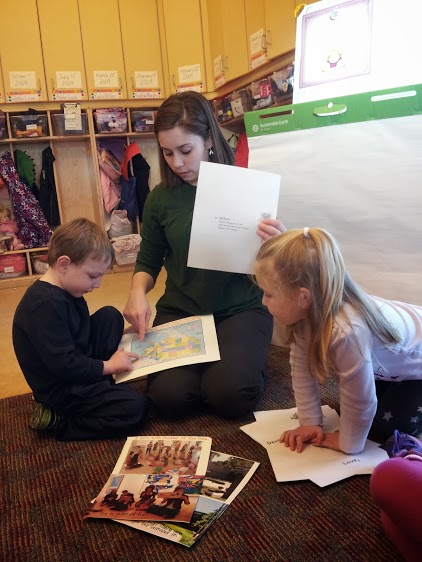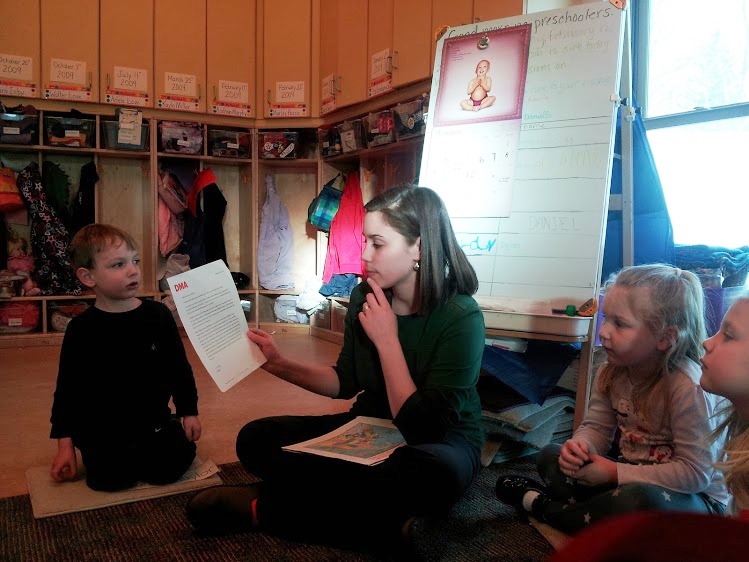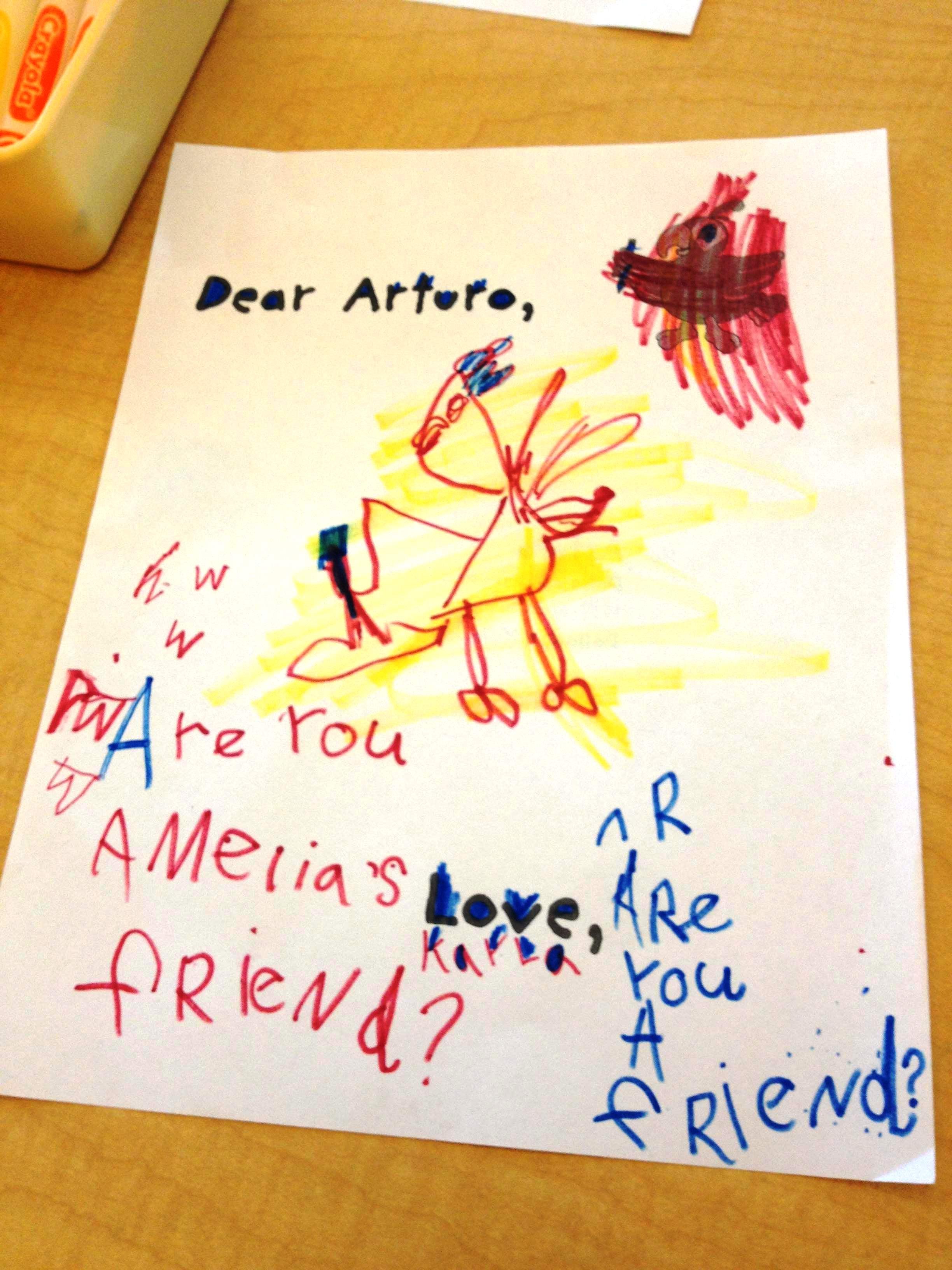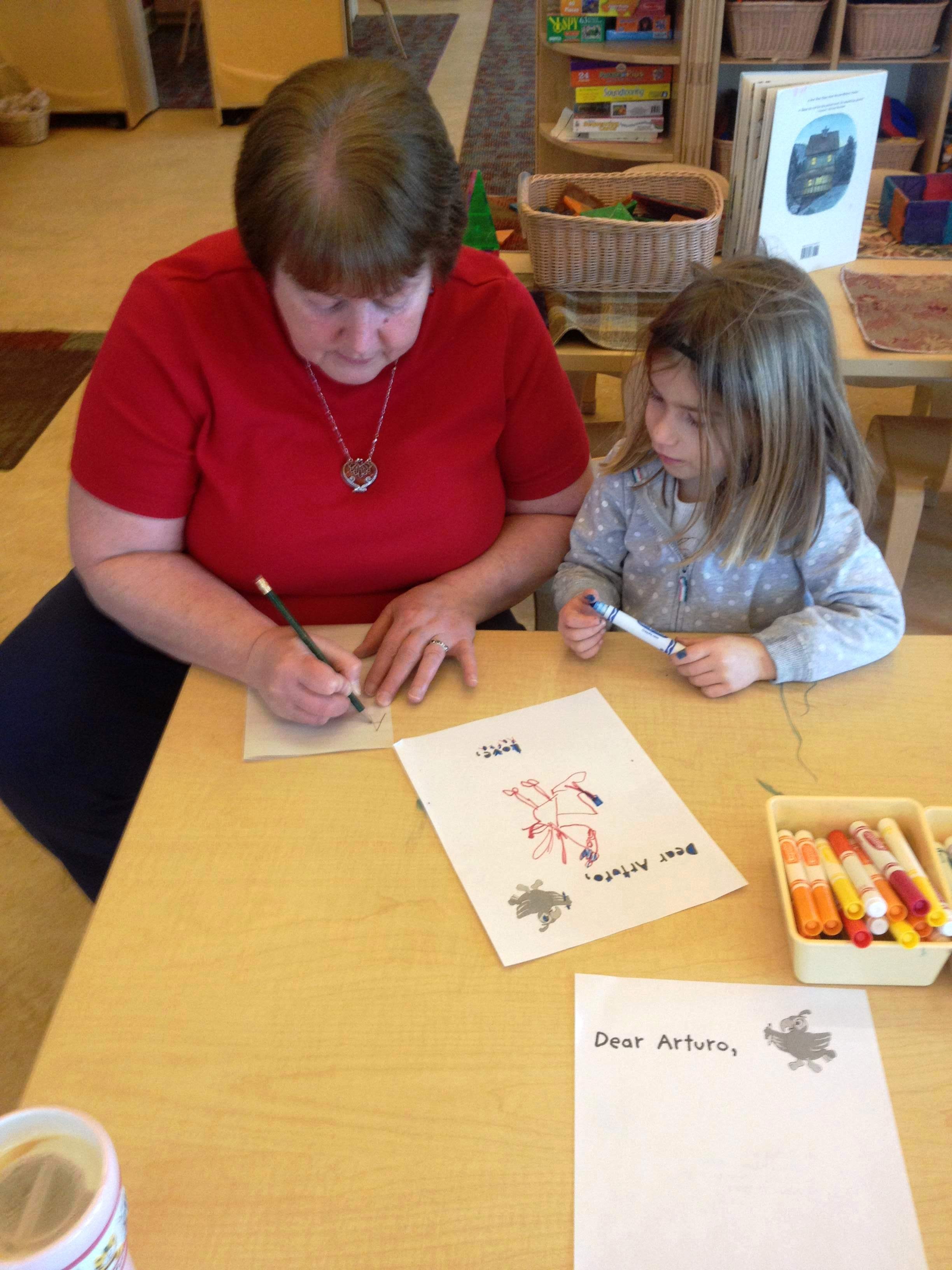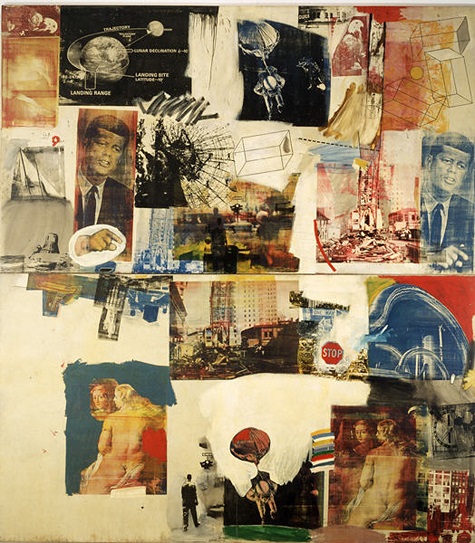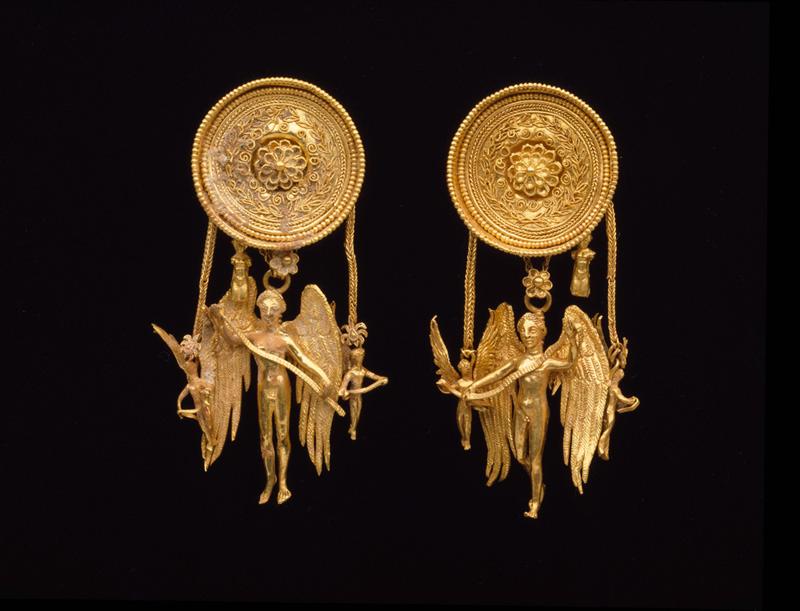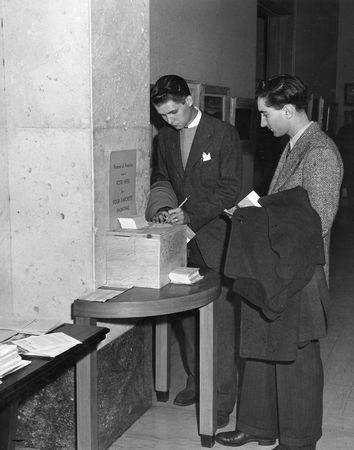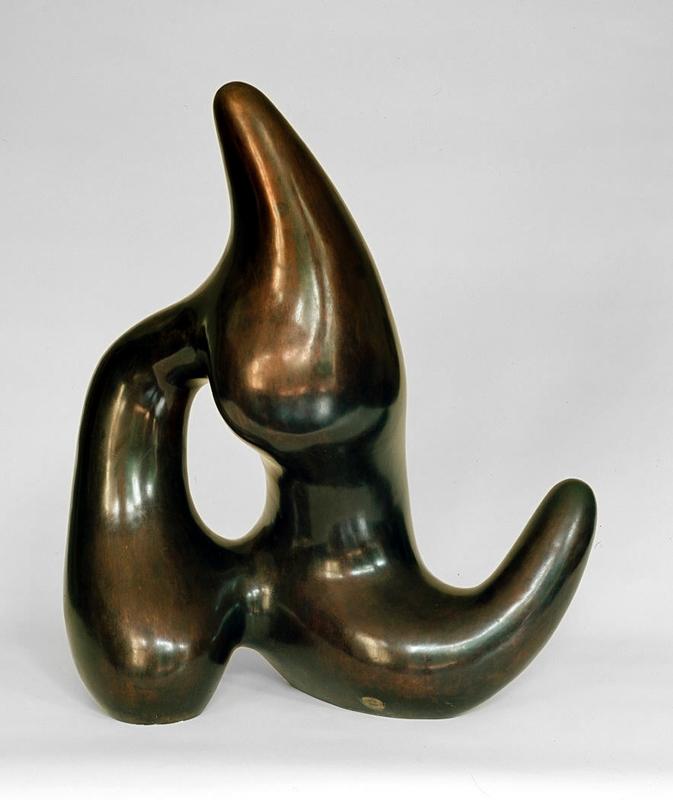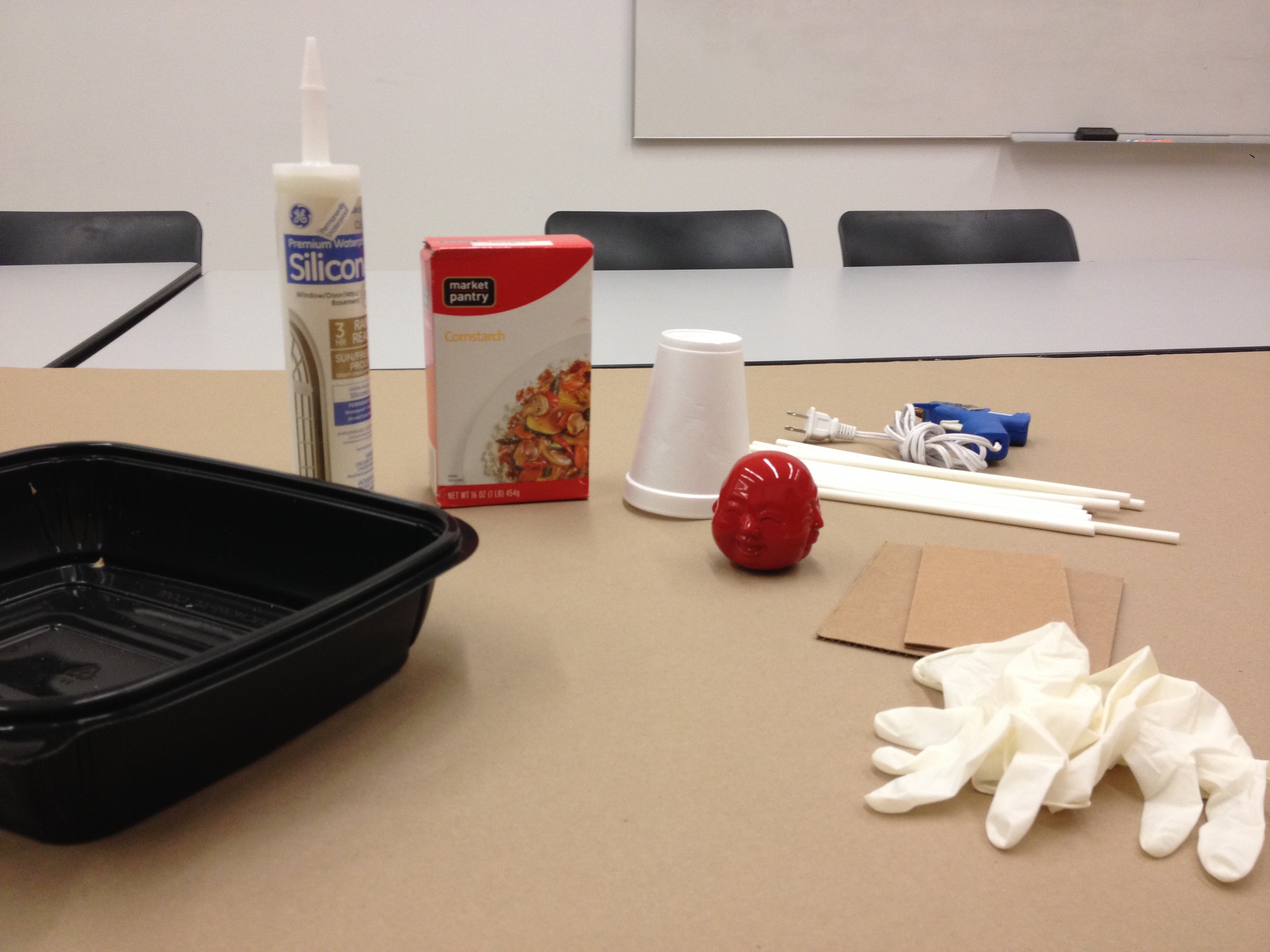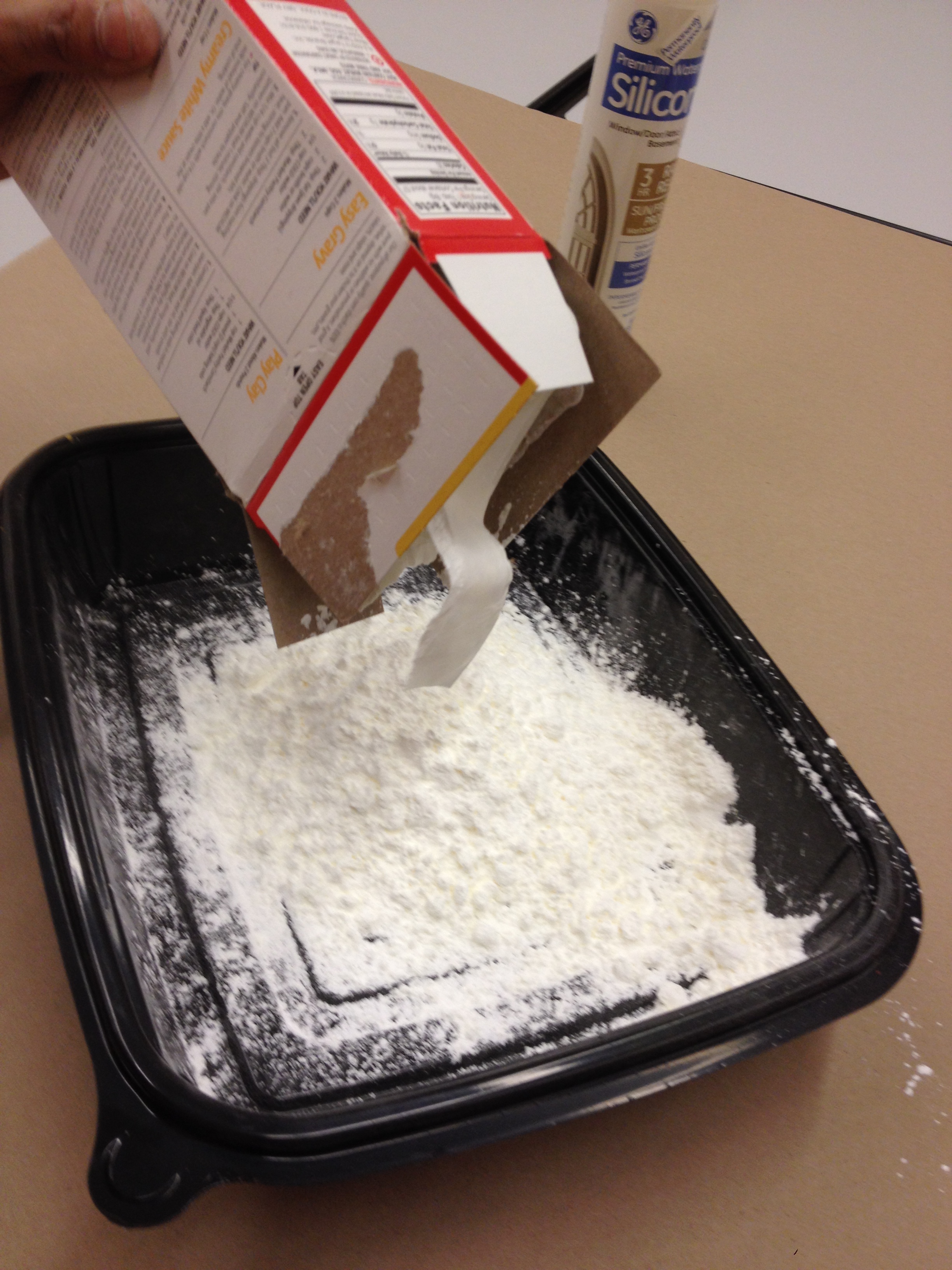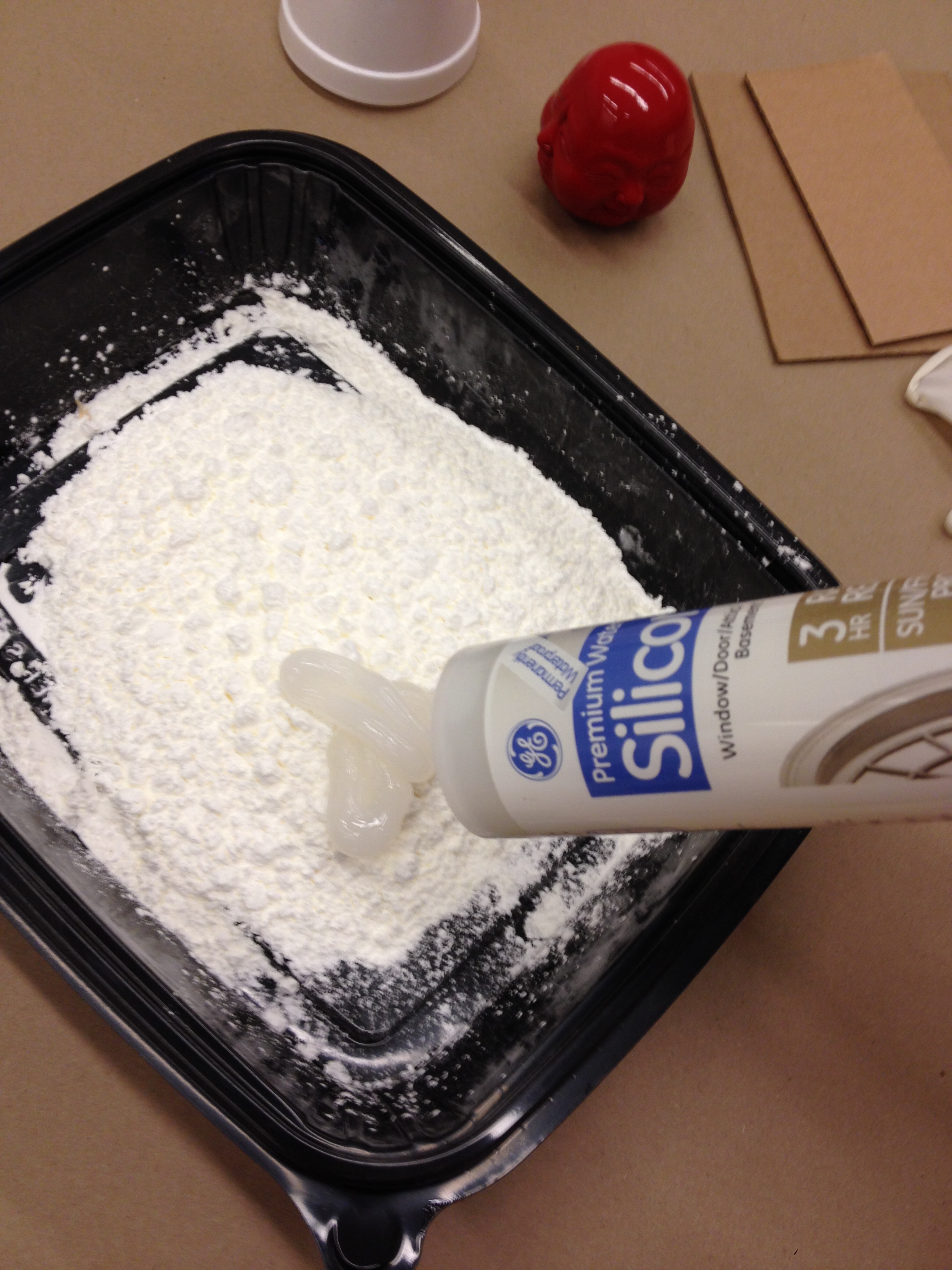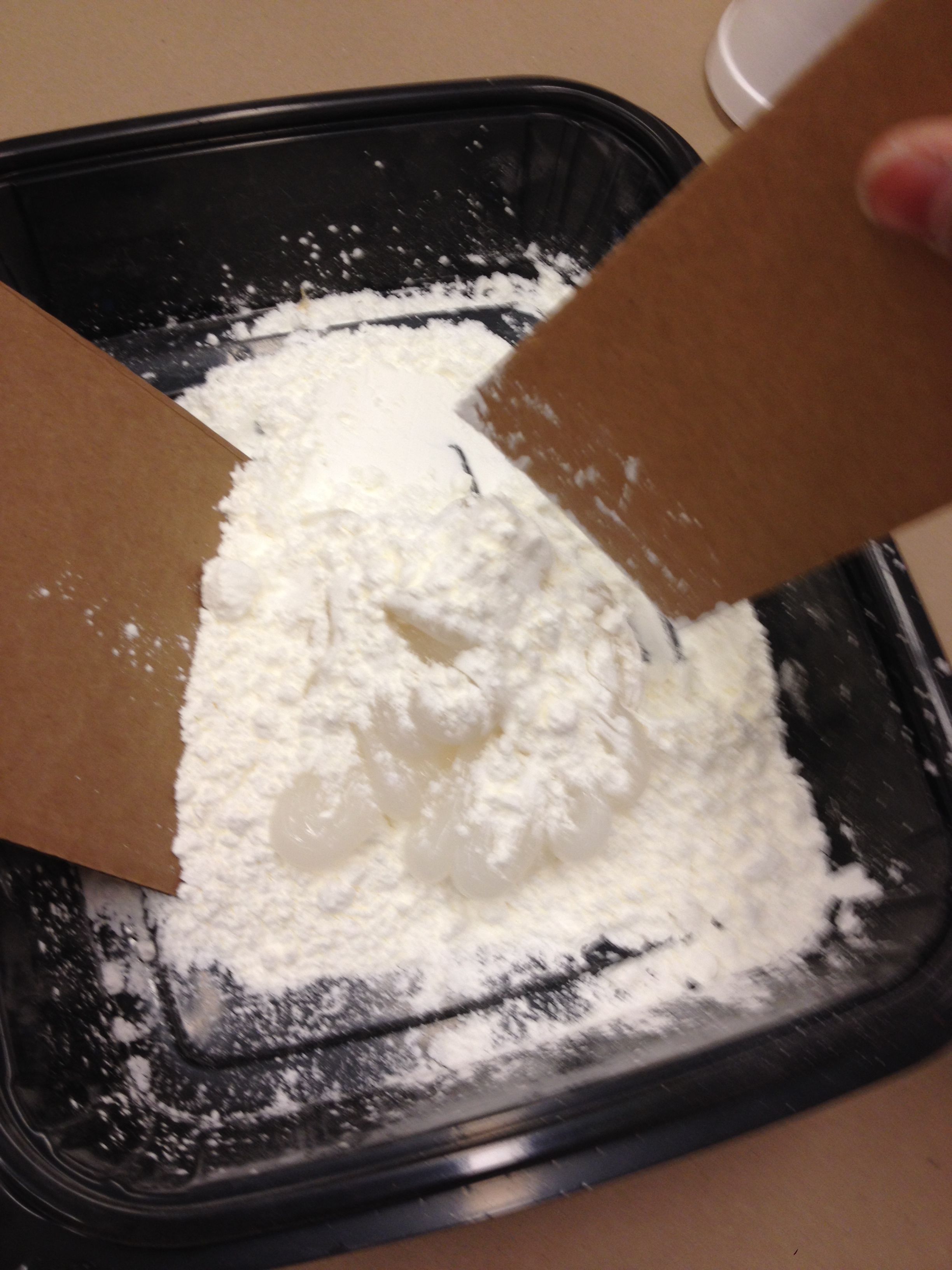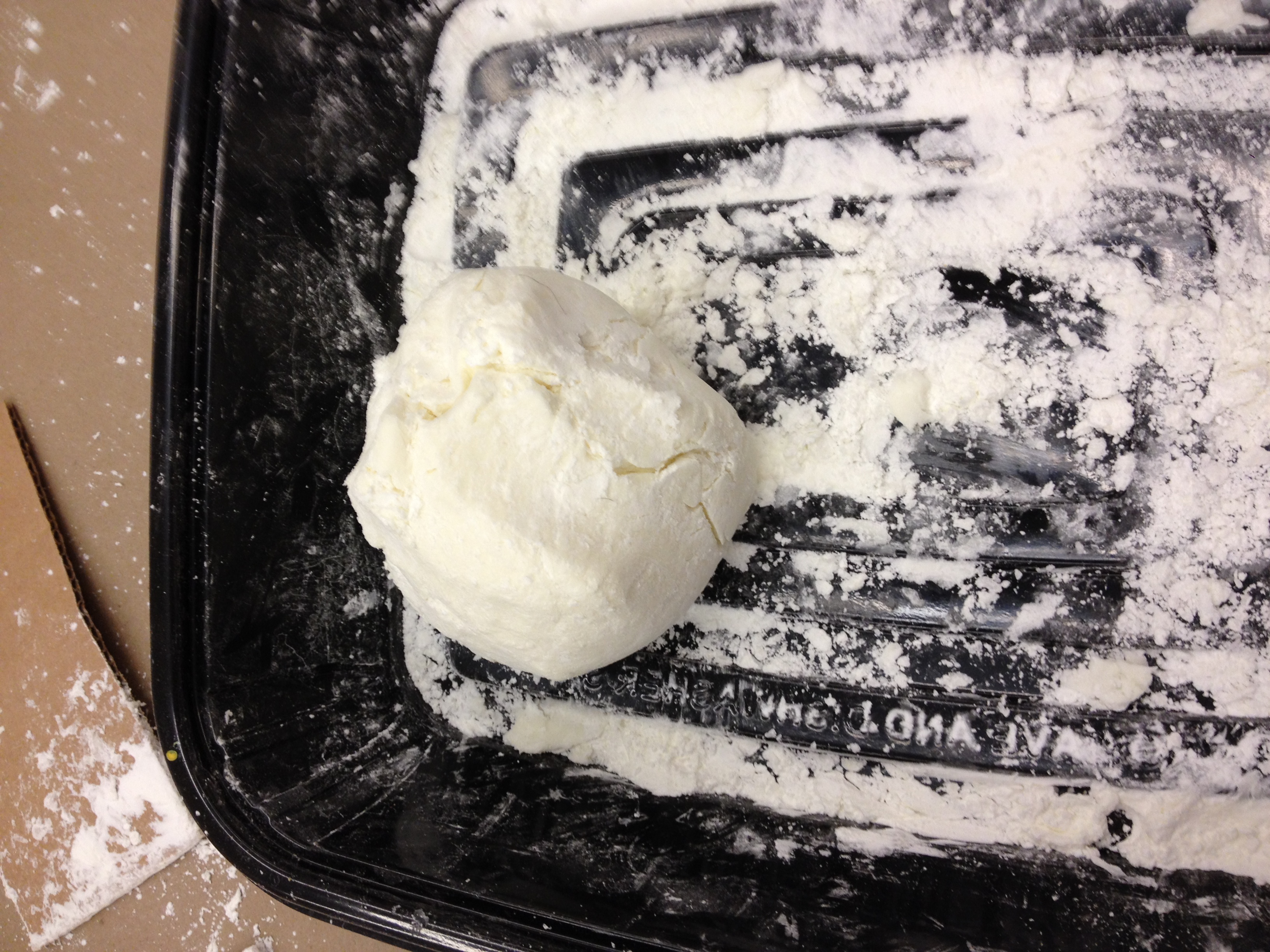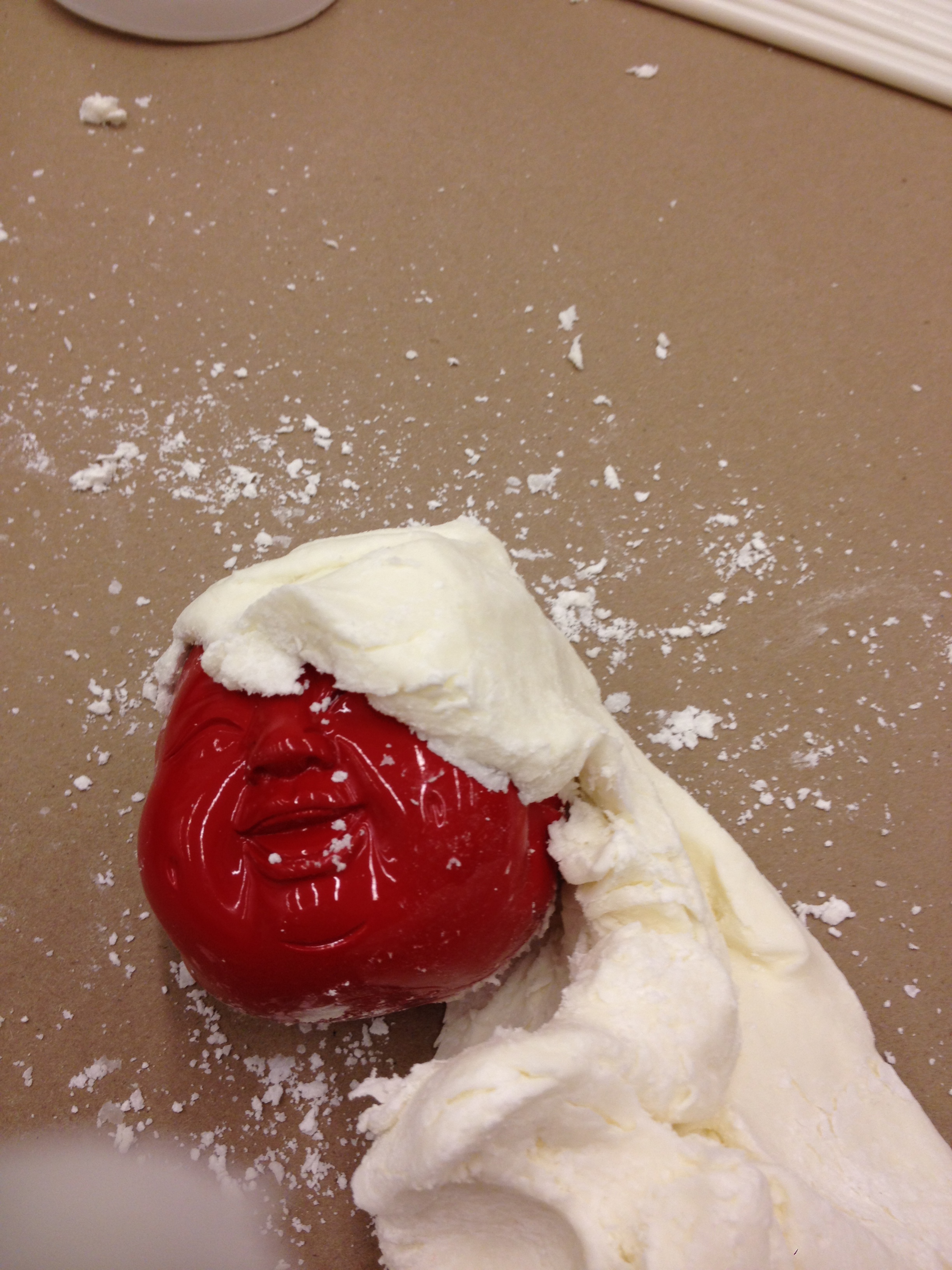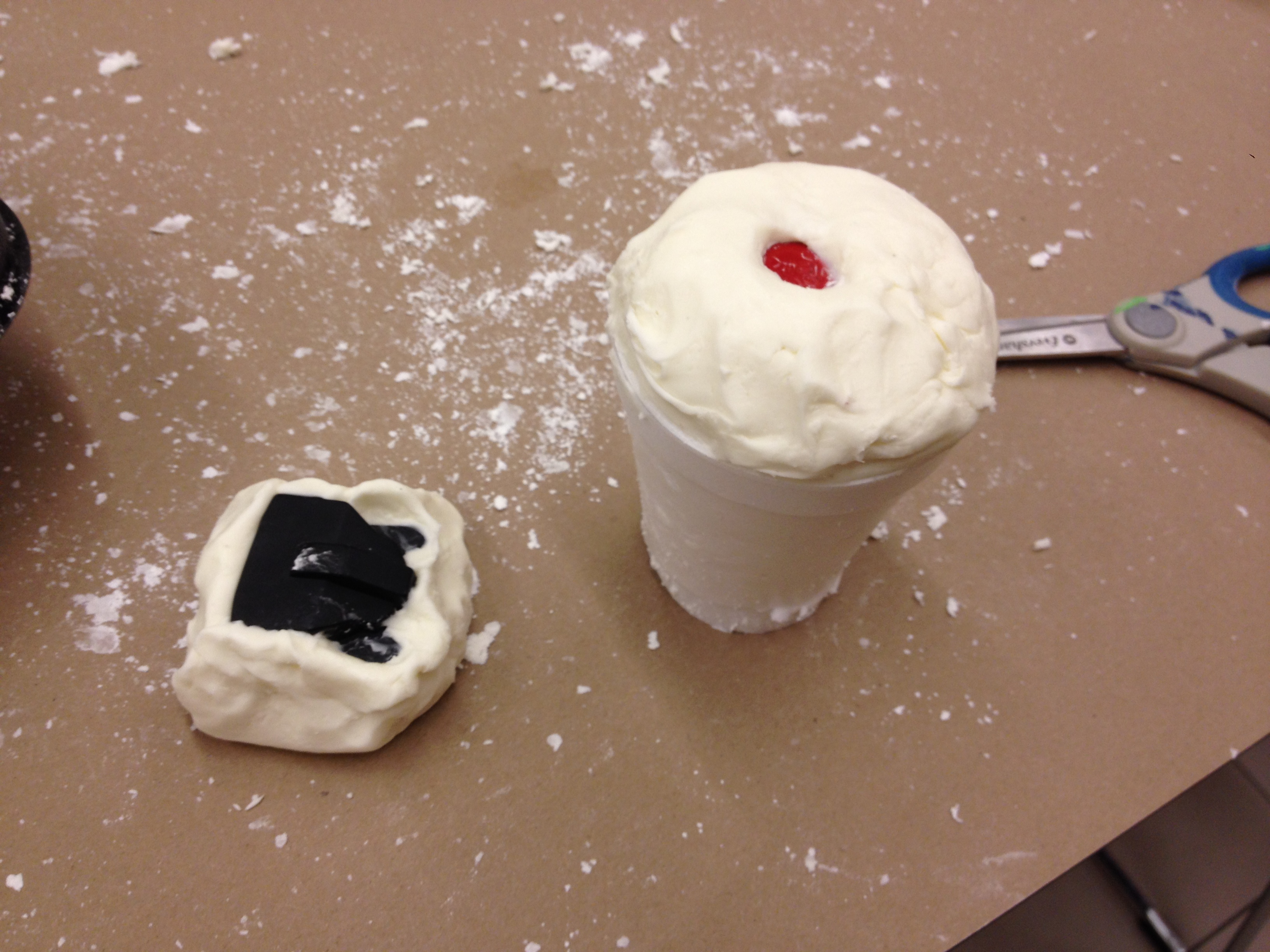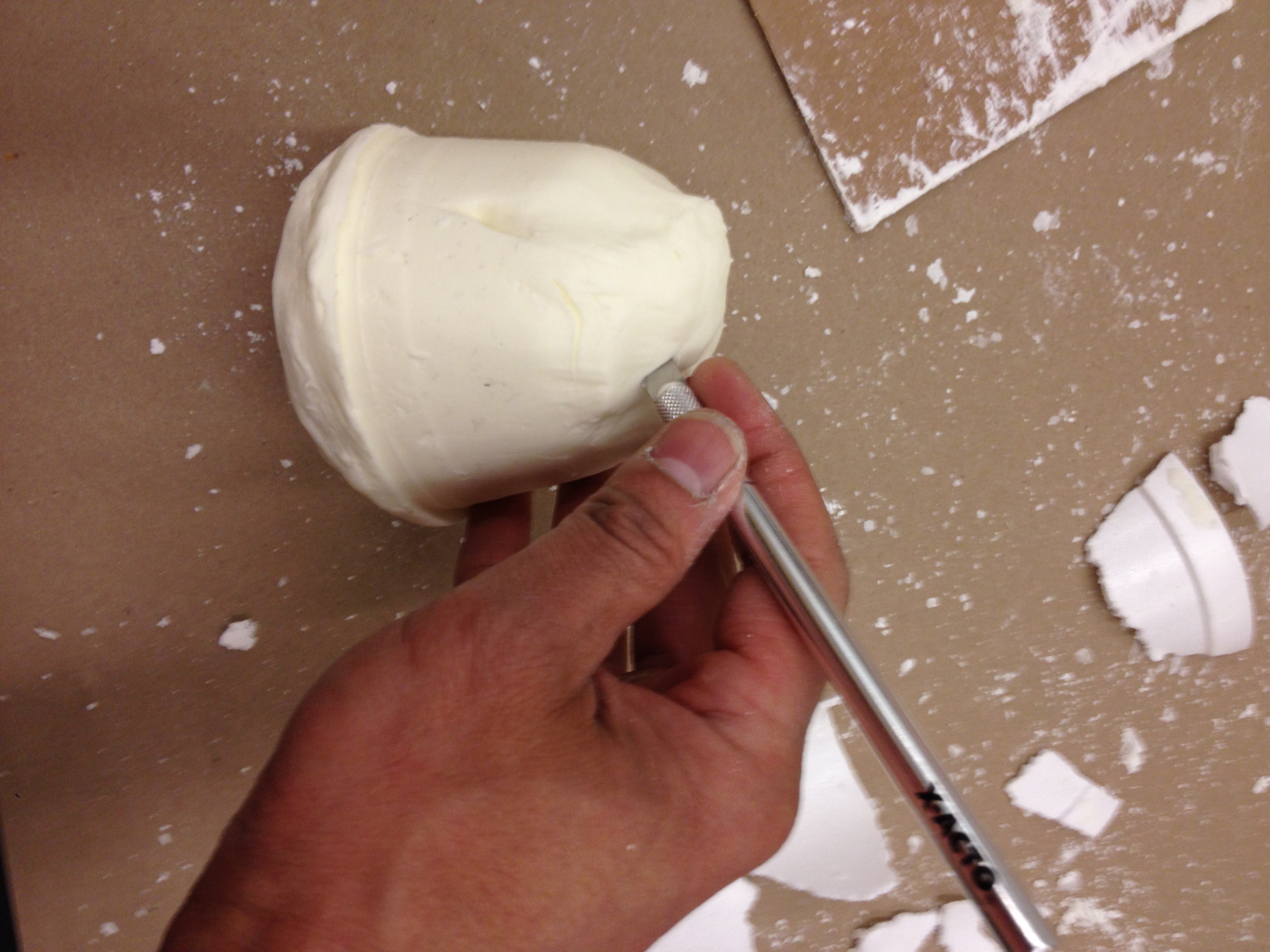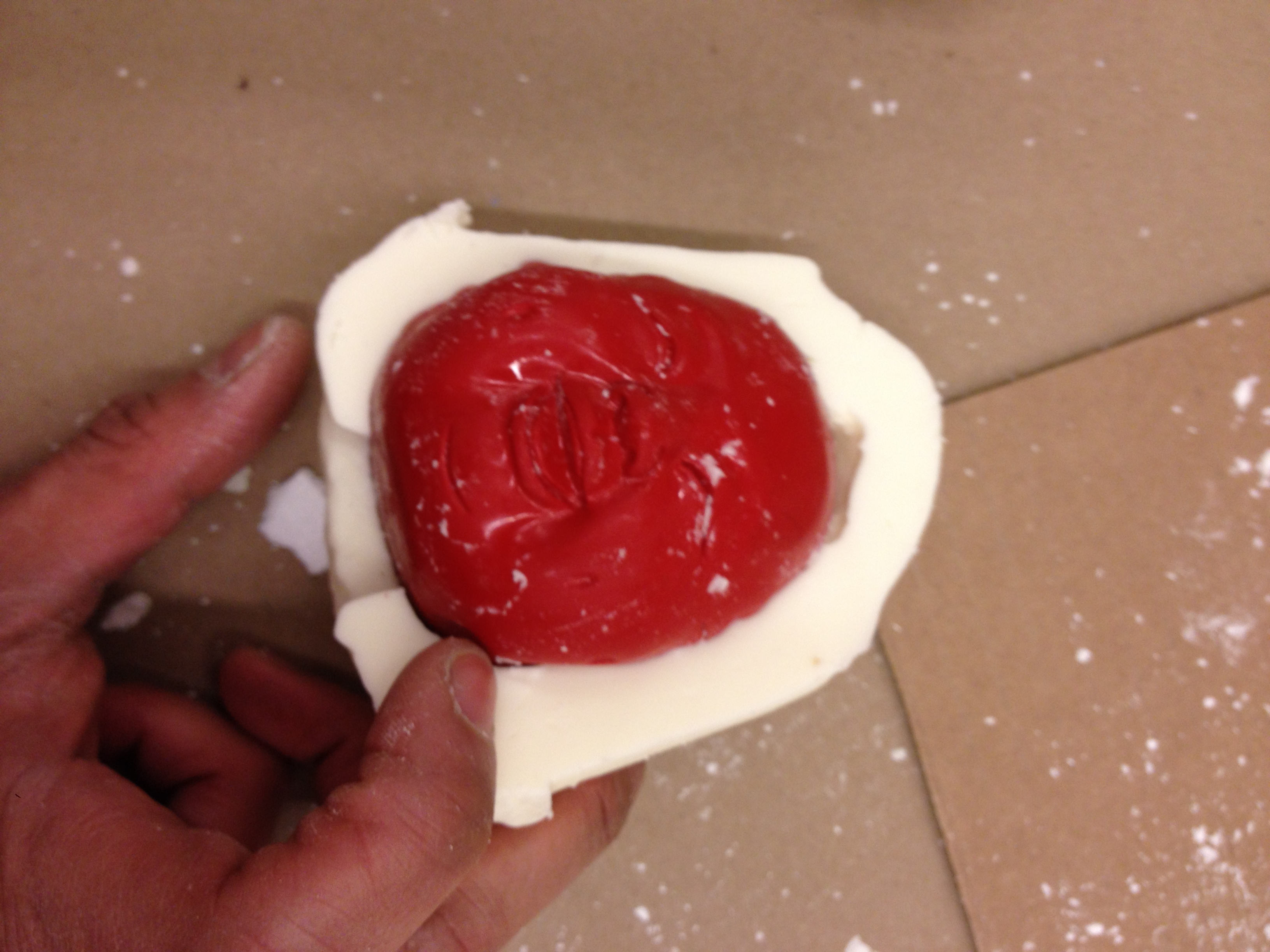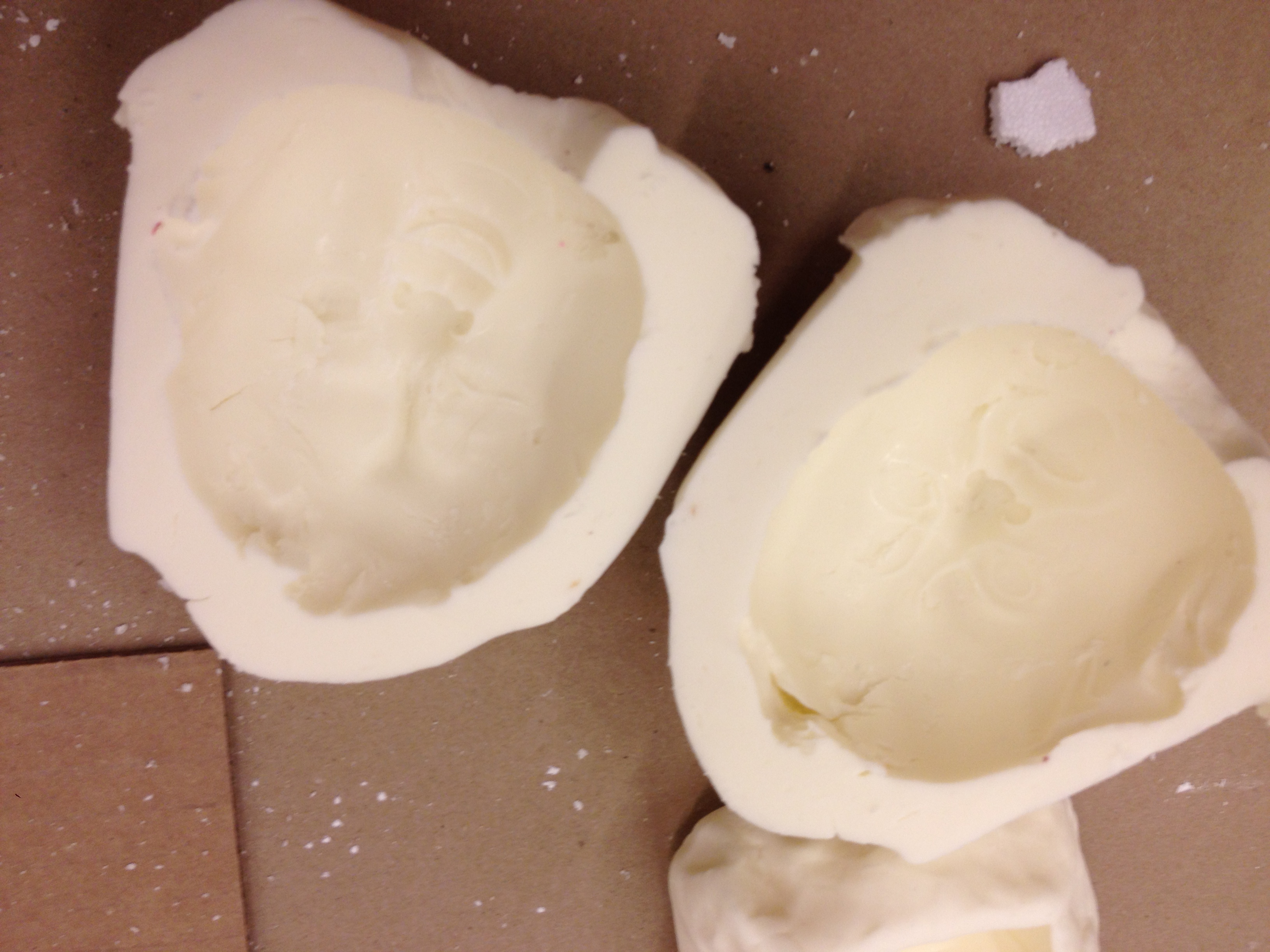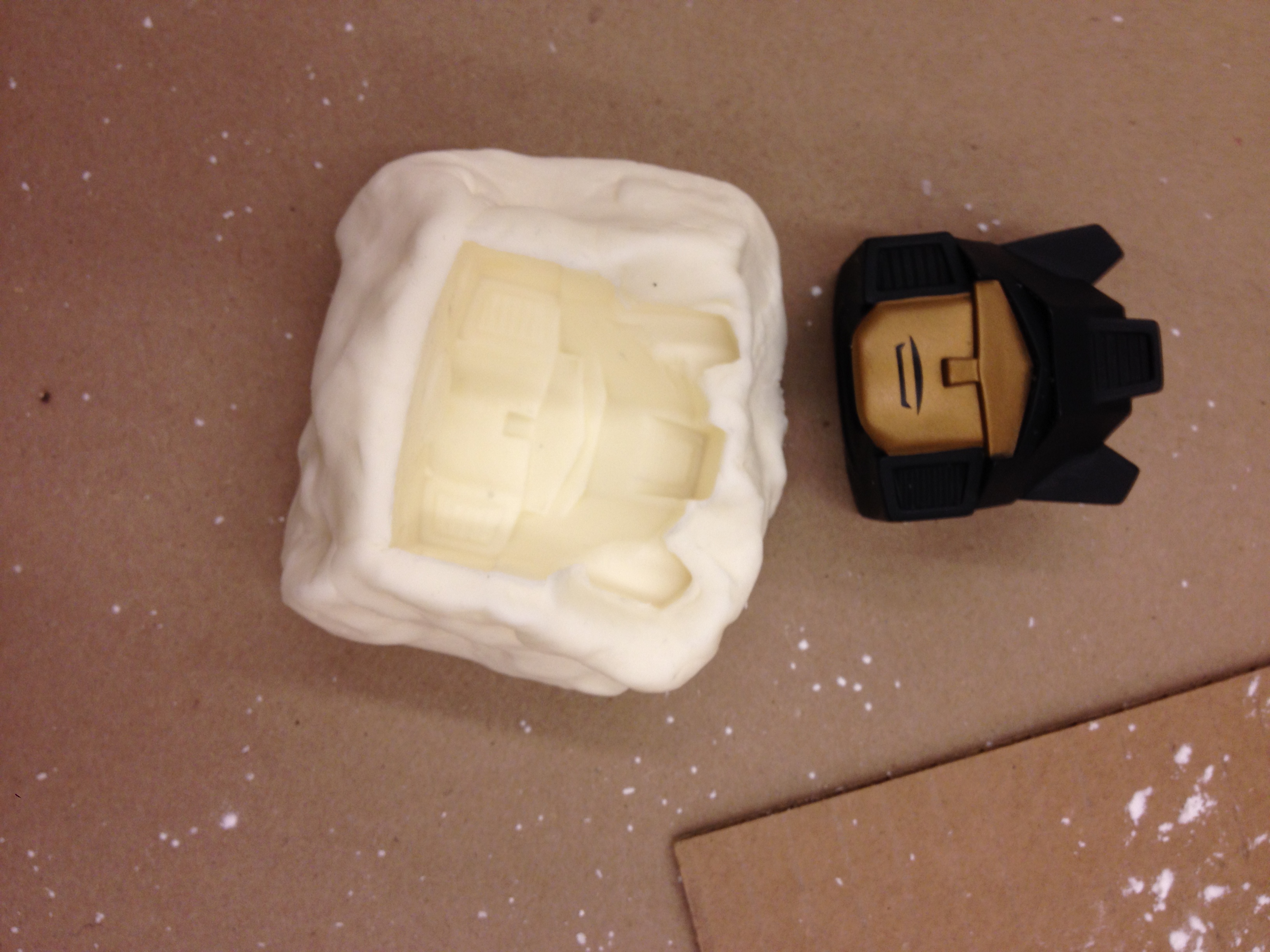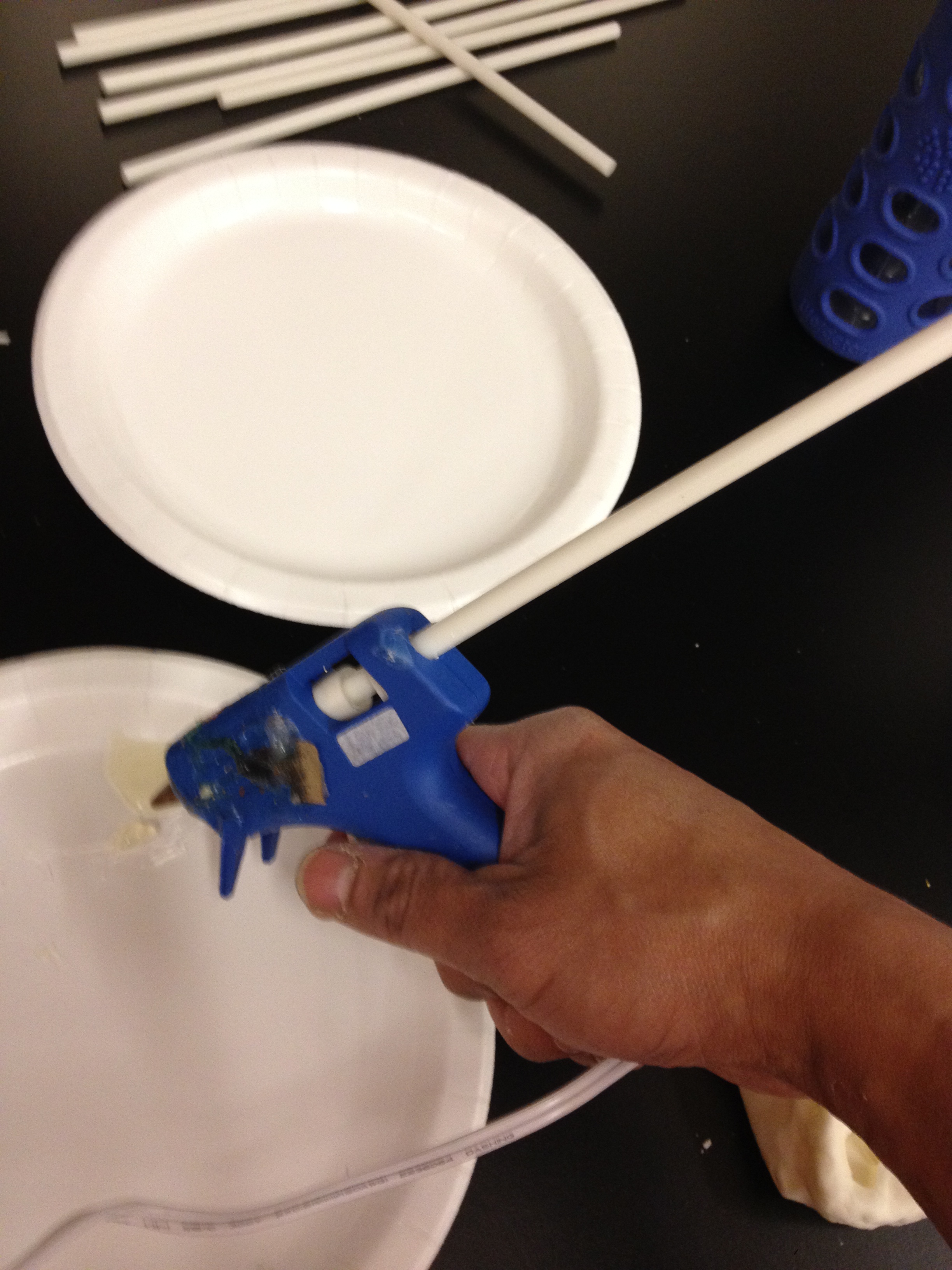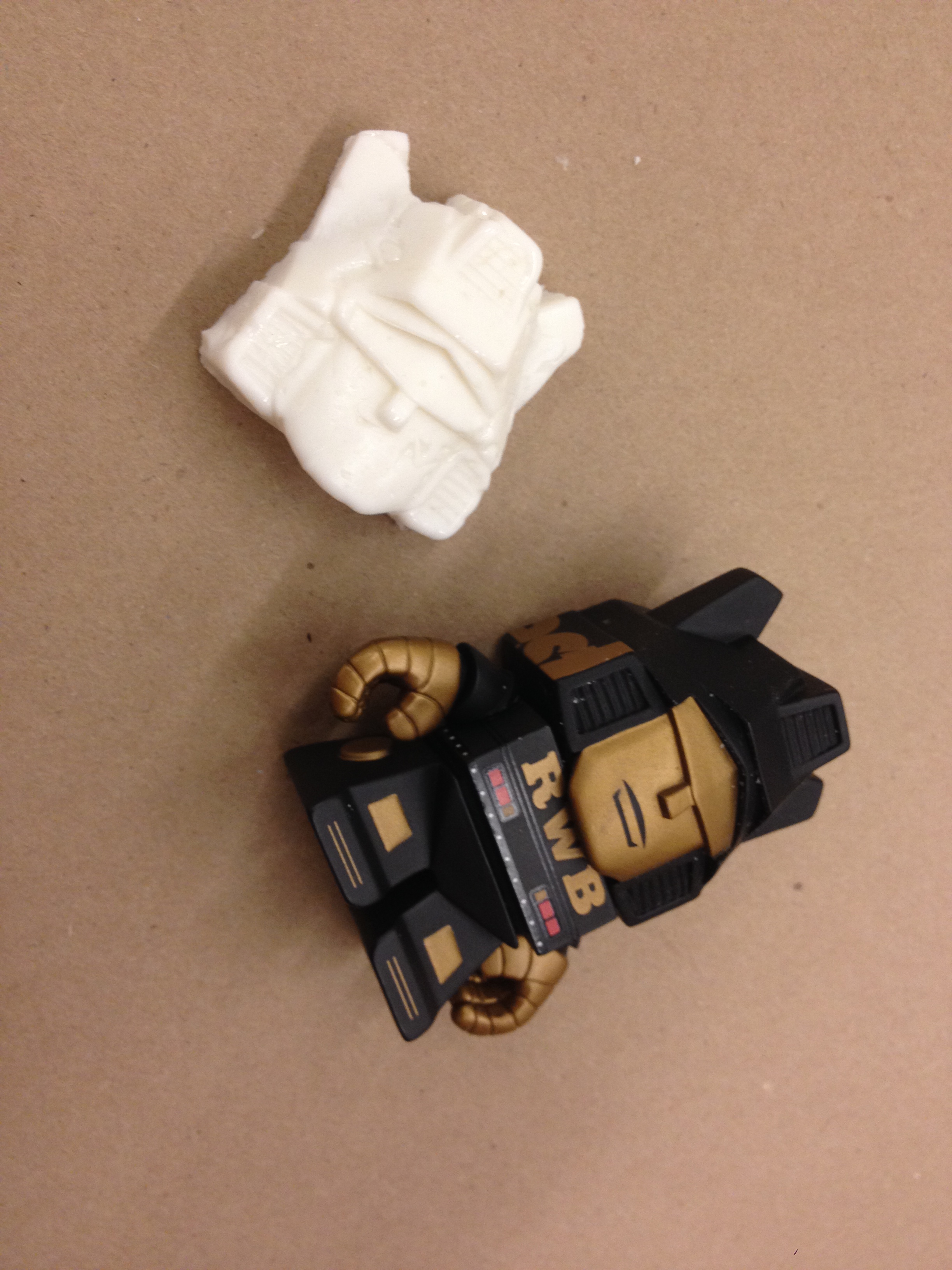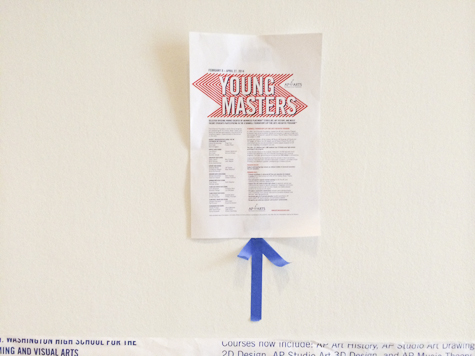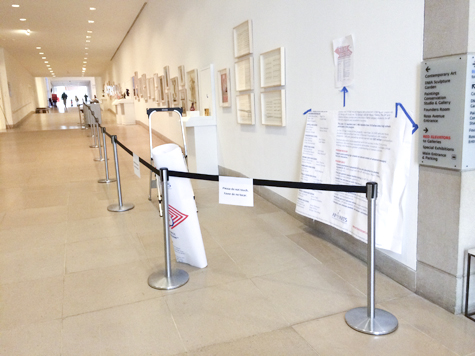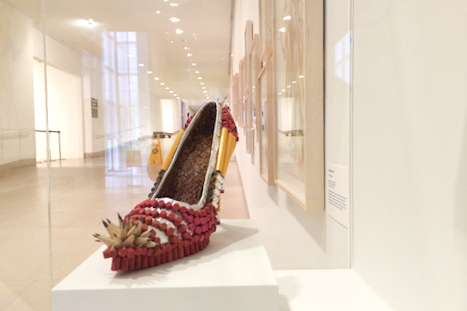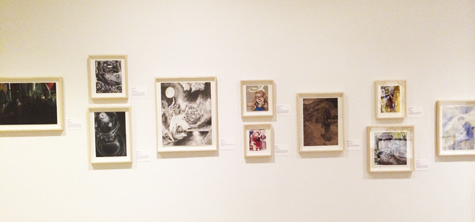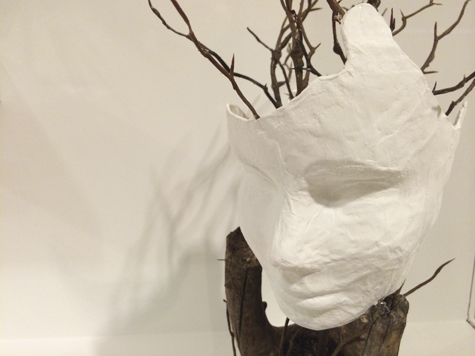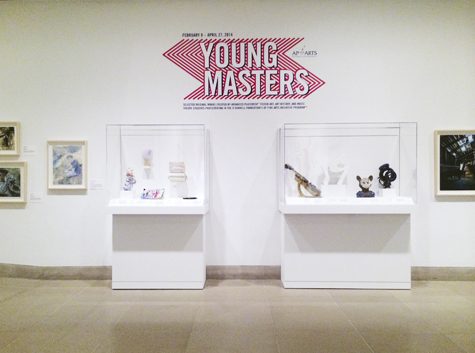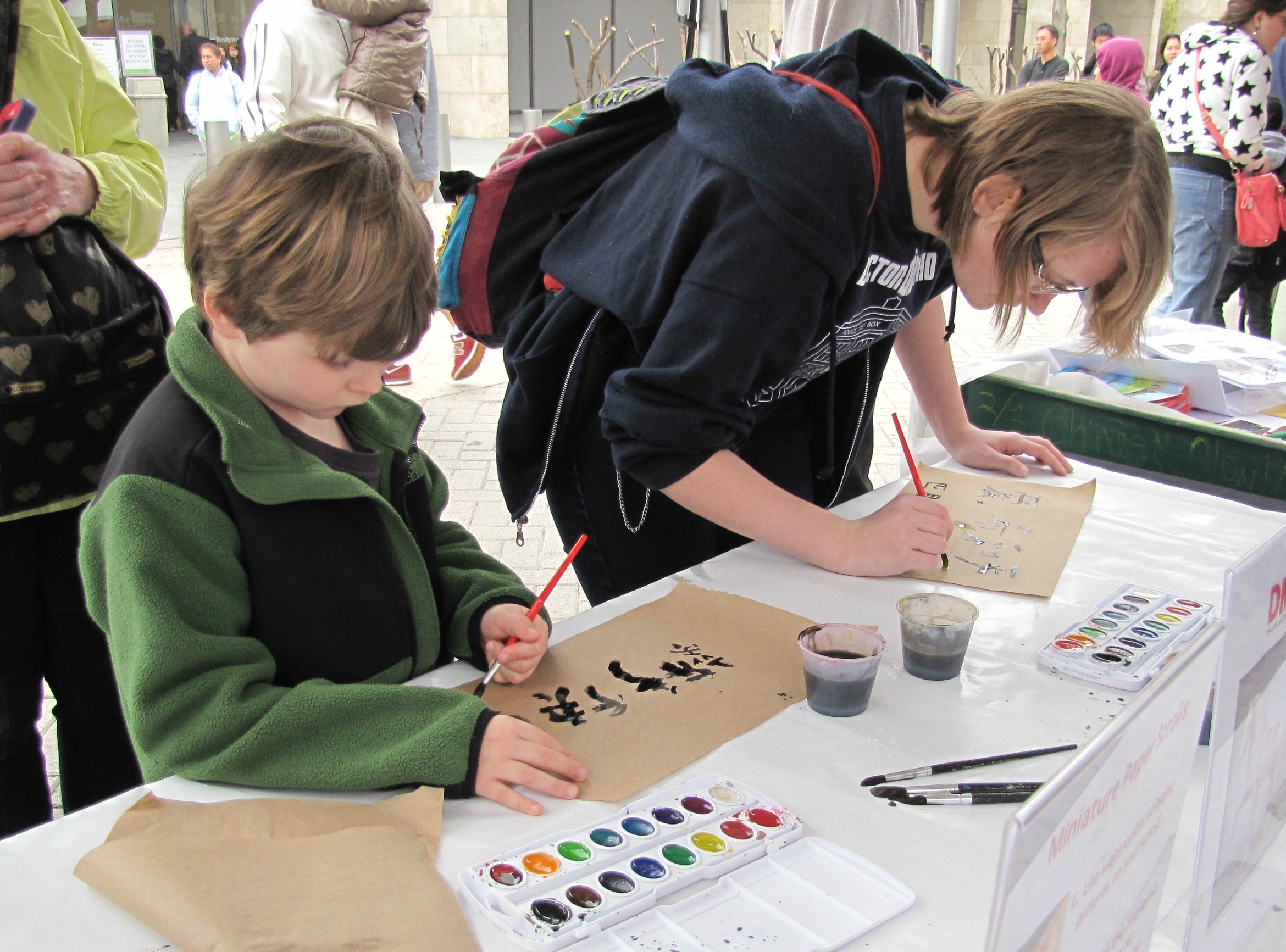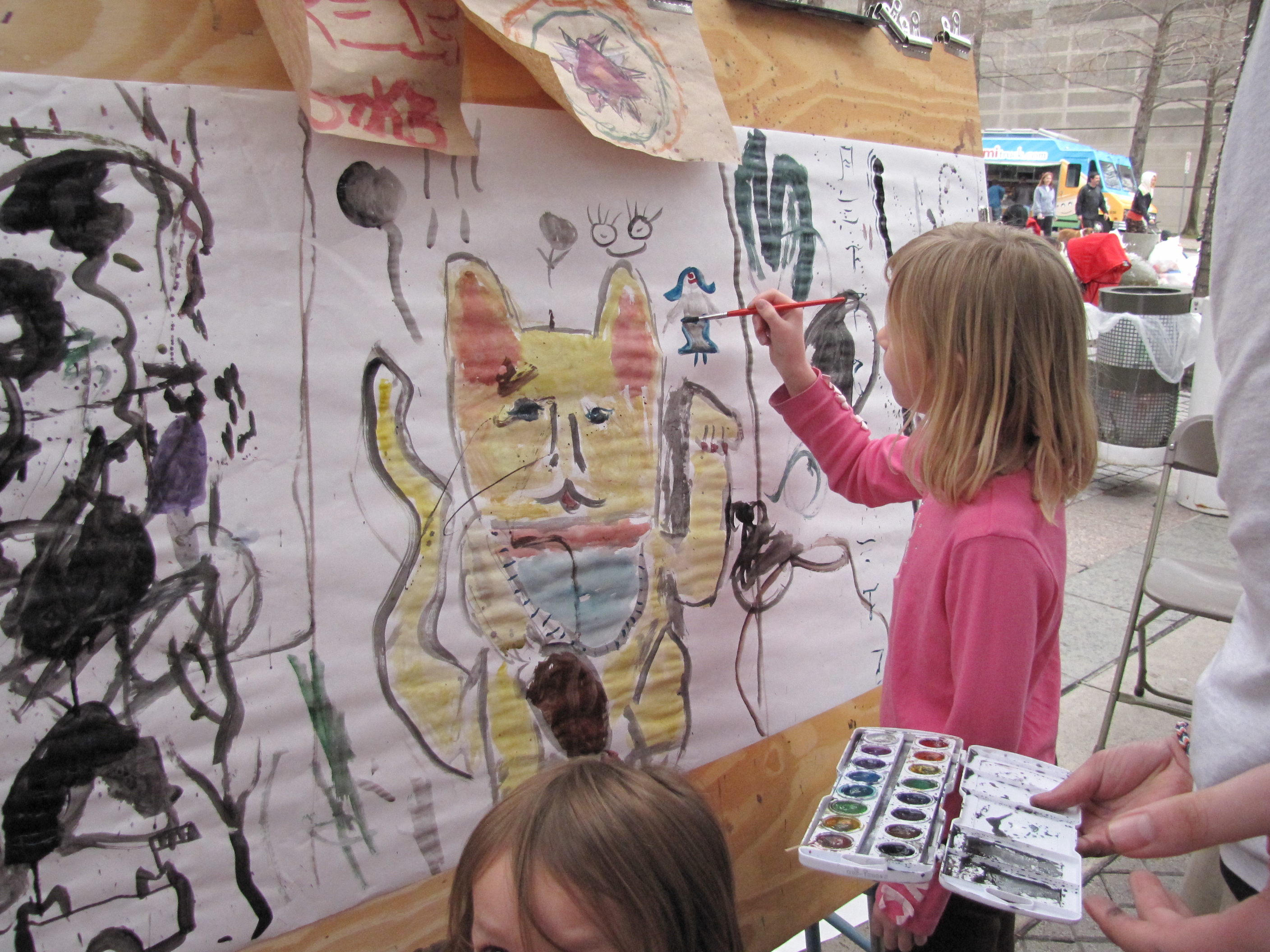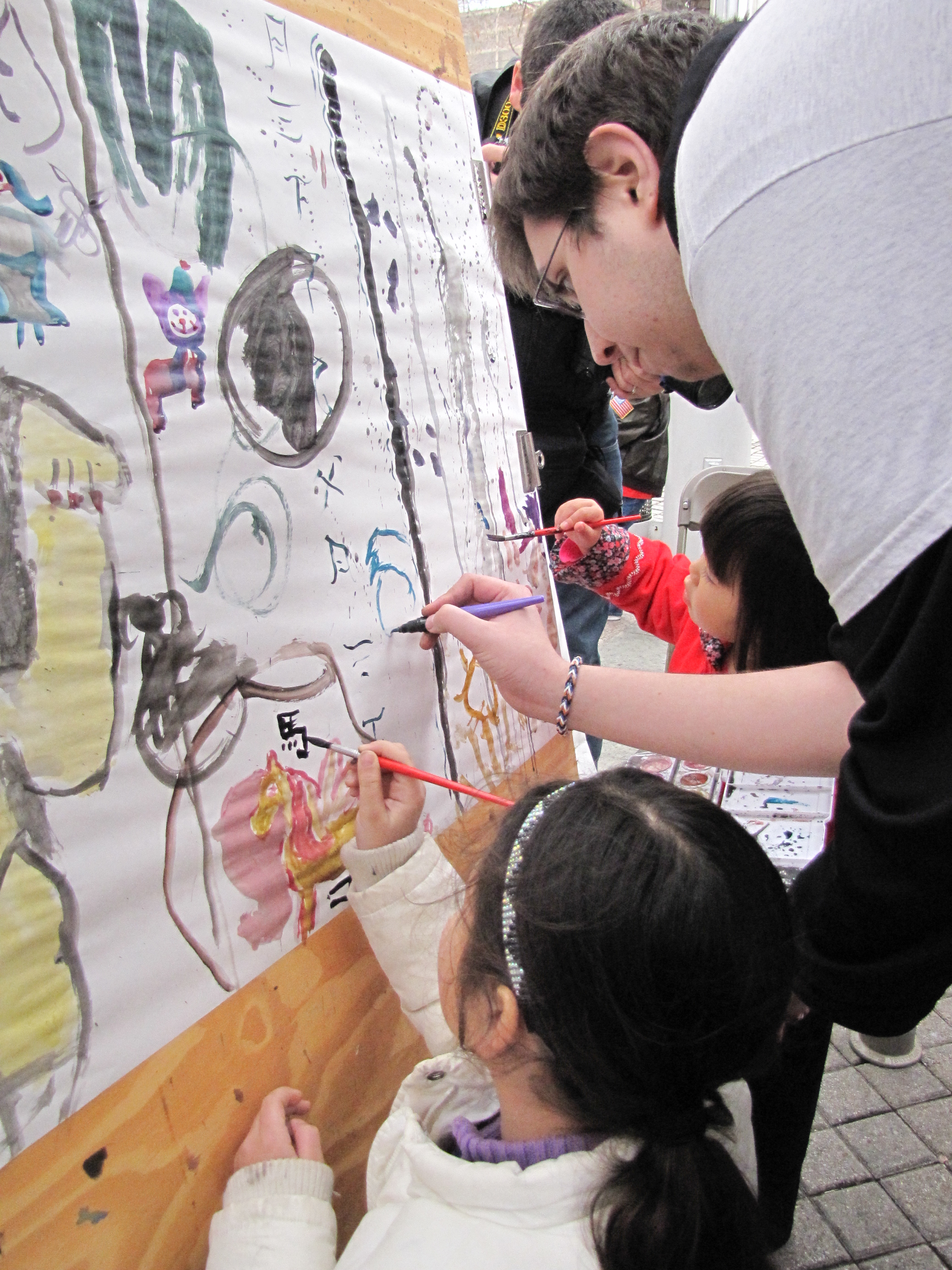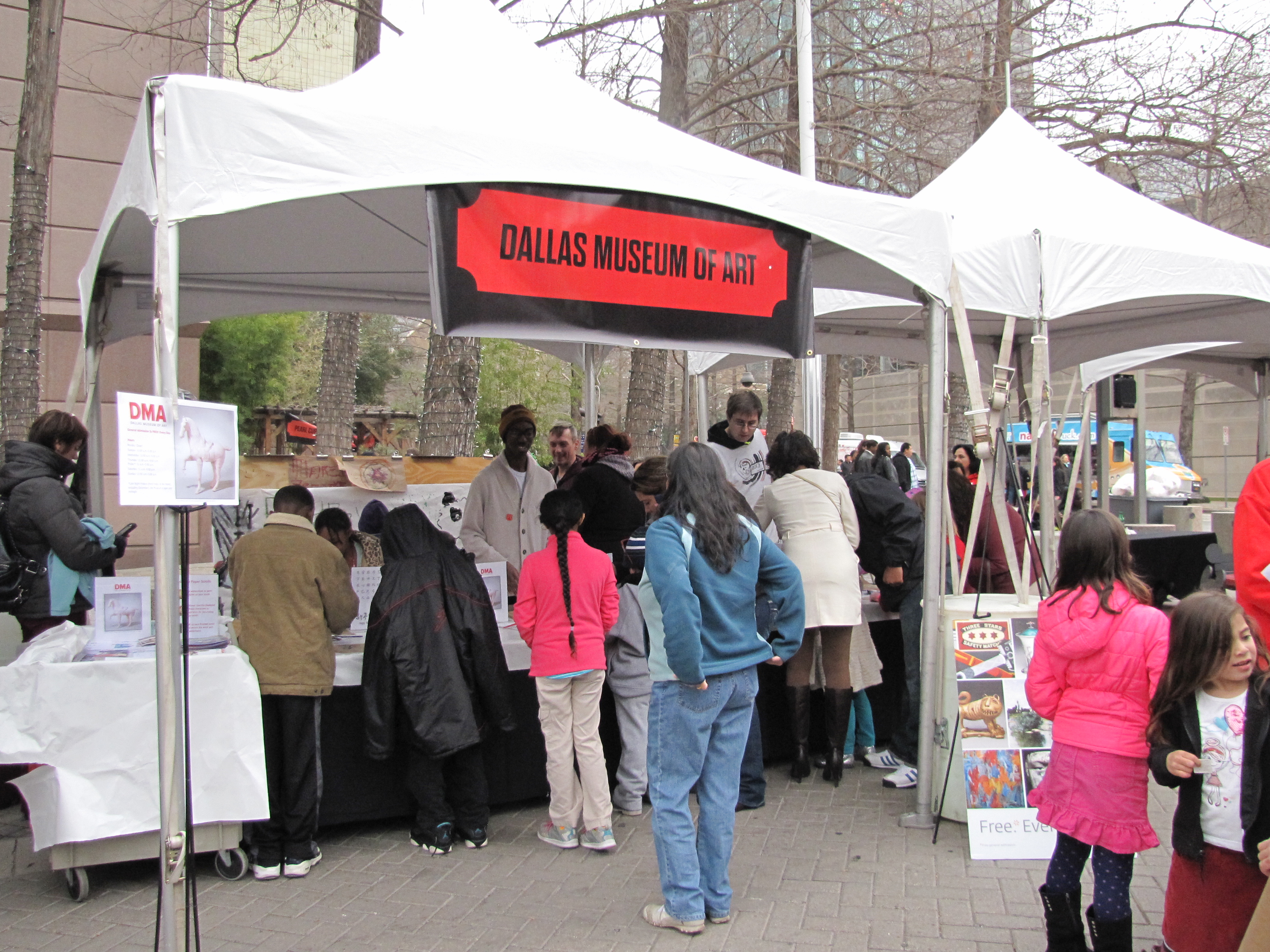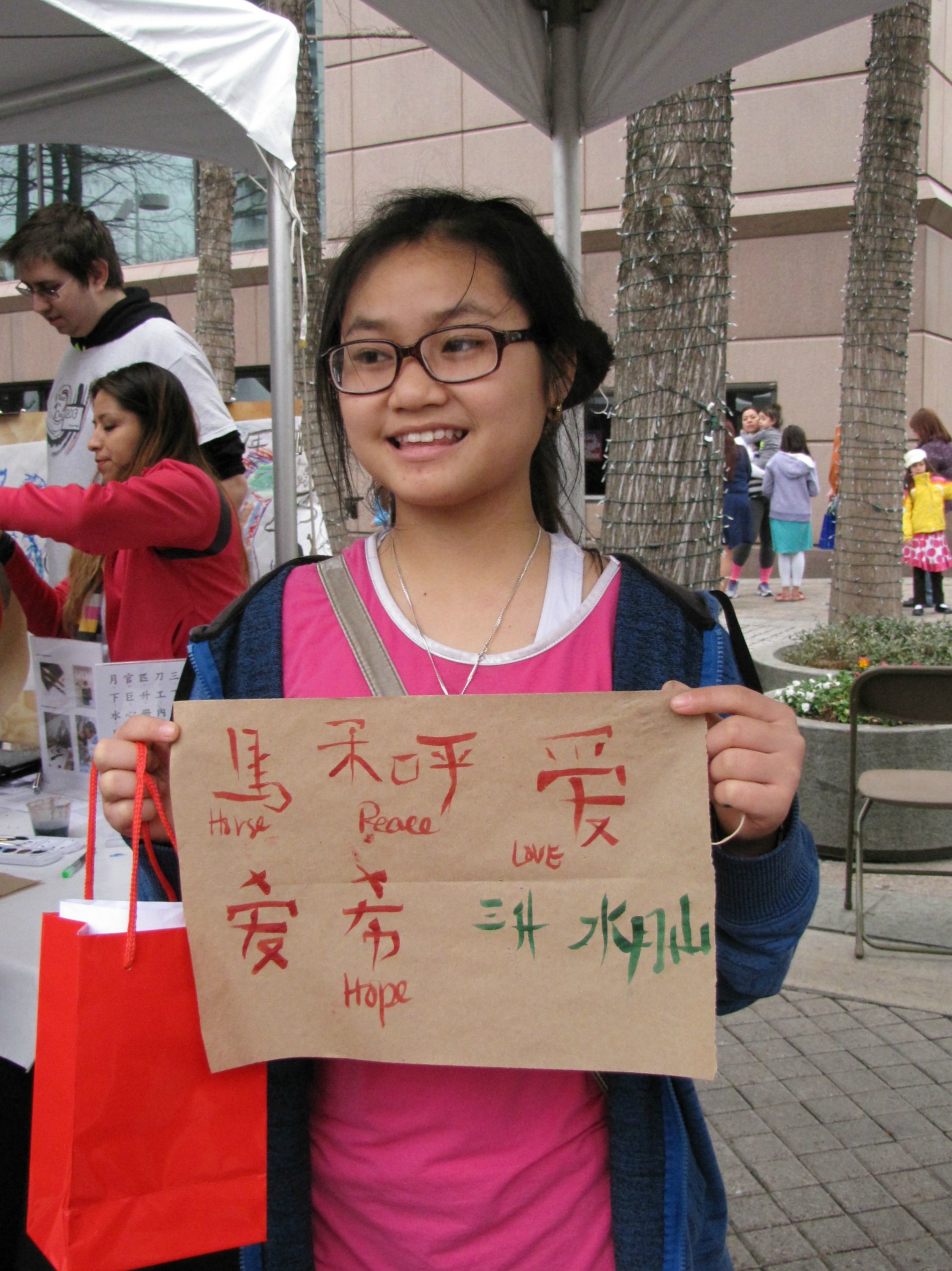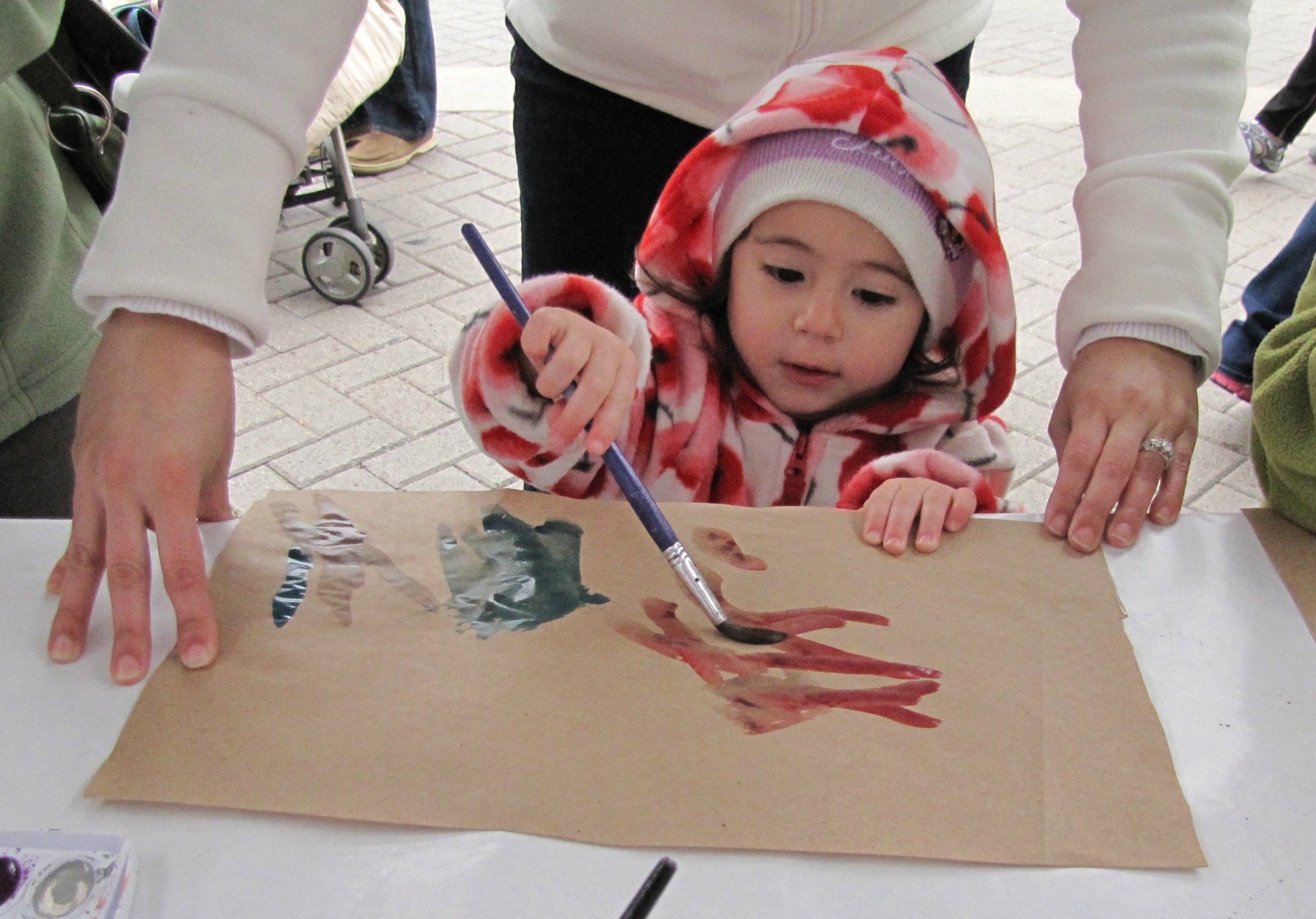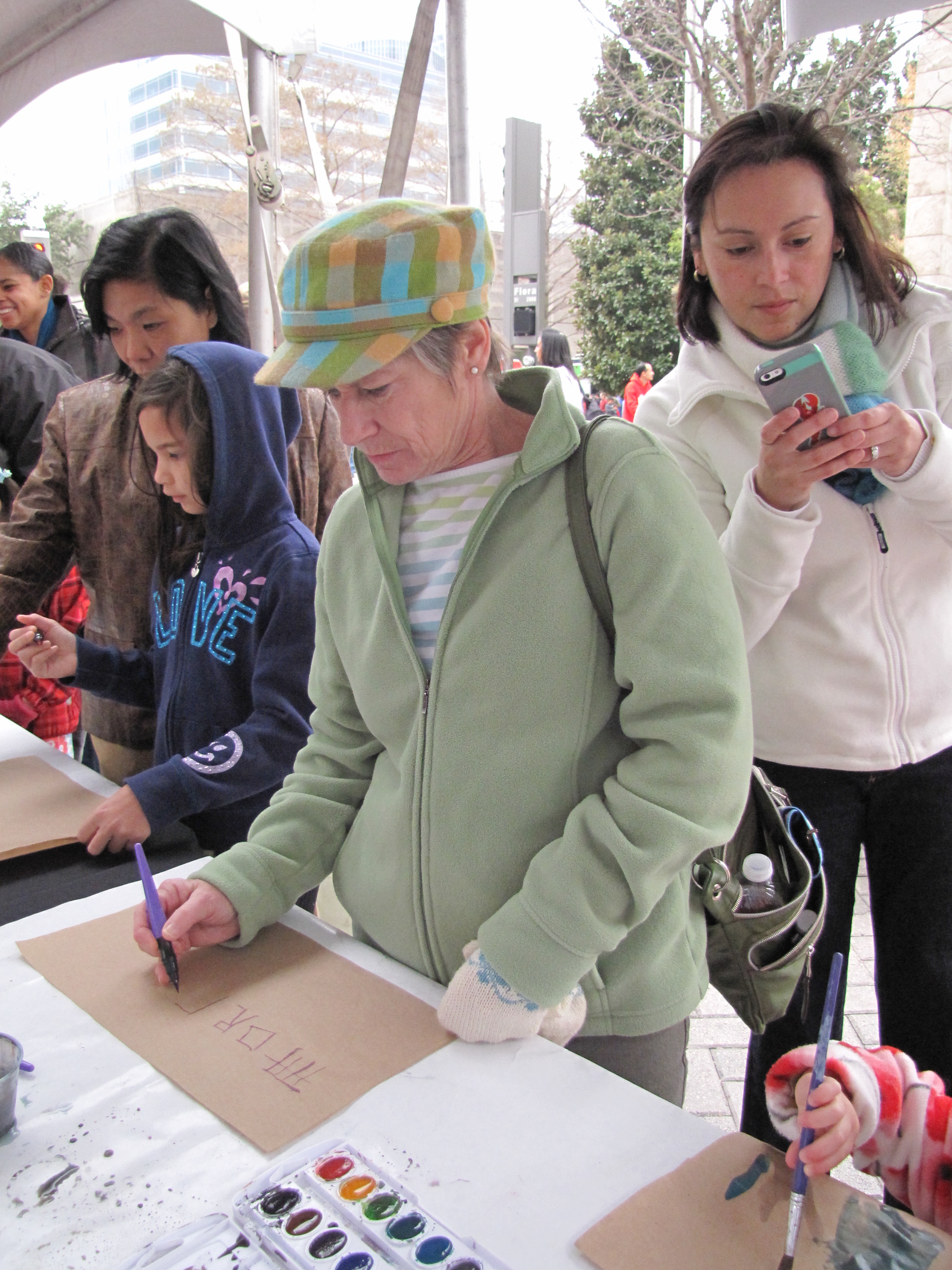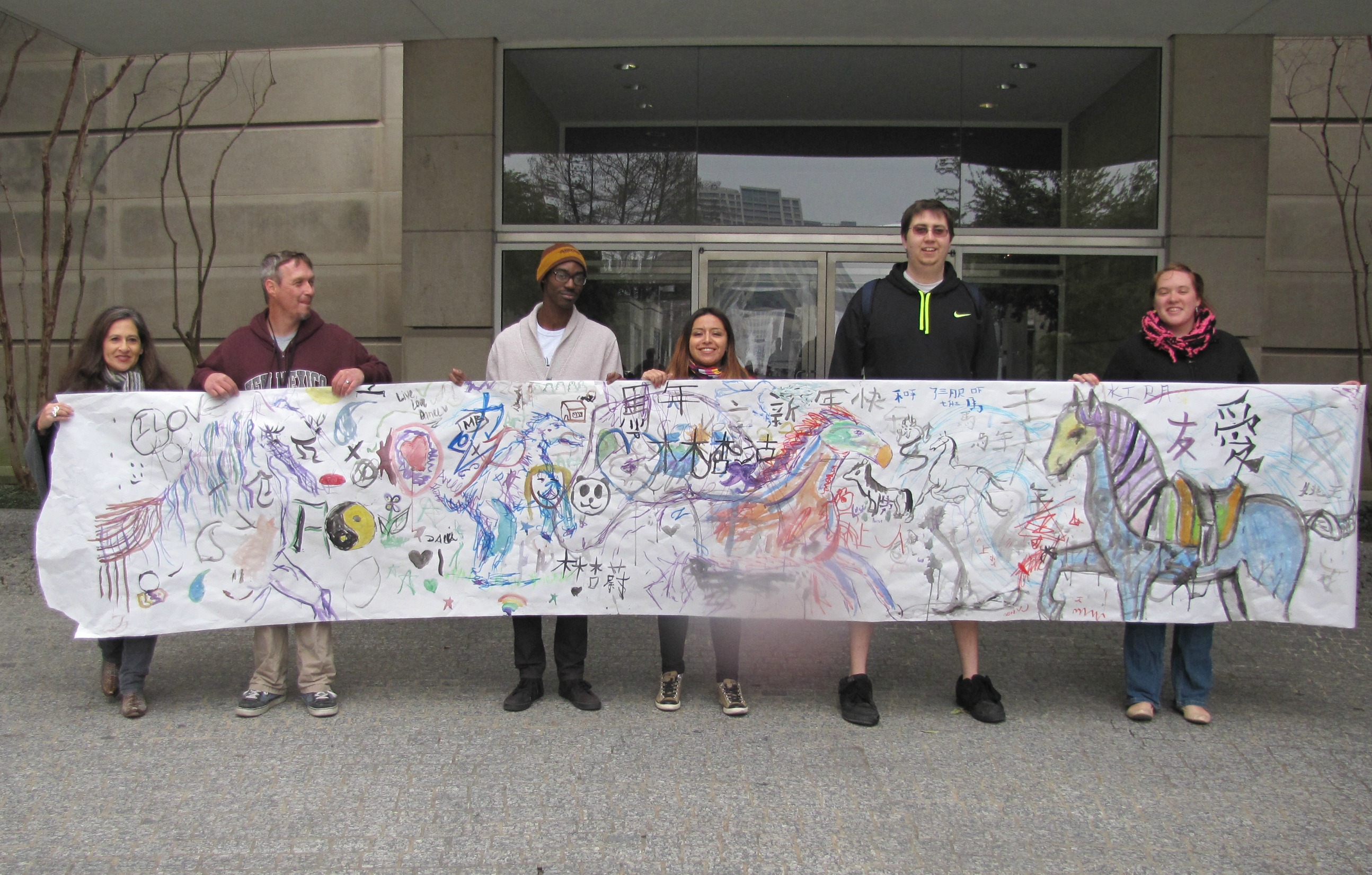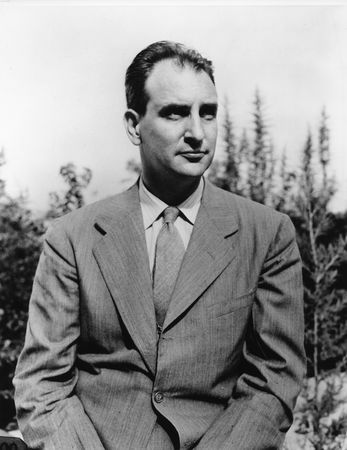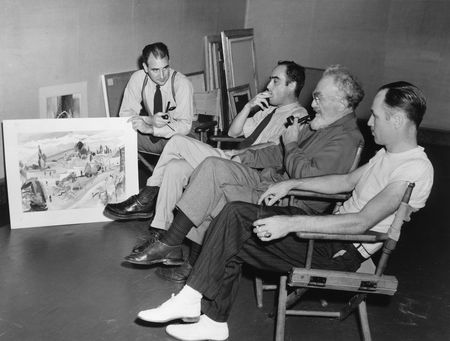I like to think of our Go van Gogh volunteers as the Mary Poppinses of Dallas elementary schools. They’re the special guest bearing a big bag full of magical things (art supplies! stories of Museum treasures!) that promise fun, adventure, and, when you least expect it, a lesson or two. Our volunteers also happen to have cheery dispositions, so the comparison works well on several levels. In a perfectly Poppins world, we could reach into our magical outreach bags during programs and pull out real DMA artworks, large and small, bringing the Museum right into the classroom. Until we figure out how to work that final bit of enchantment, we travel to classrooms with the next best thing—reproductions of artworks and the masterful storytelling needed to bring these artworks to life.
Over the years, our bags have been filled with reproductions of all kinds. First there were large posters of artworks to roll up and carry, then we traveled with the heavy hum and whir of slide projectors, and more recently we slipped sets of bright, colorful overhead transparencies into our bags. These reproductions came in all shapes and sizes, but each allowed us to show with clarity and accuracy, the beauty of our Museum’s treasures to students who had never seen them before.
Our latest method of magic involves paper images of artworks that we project using document cameras available in classrooms. When the quirks and glitches of this classroom technology left us projecting artworks in the least delightful way, we decided it was time to fill our bags with newer things—iPads and projectors. With the great ideas and lots of hard work, DMA colleagues Danielle, Amanda, Nicole, Ted, and our friends, Emily, Shannon, Bernardo, and I spent last summer writing a proposal for the Sprint Local Grant Program and pouring our best ideas into a video to convince The Sprint Foundation that all we needed was some wind in our kite (and the help of a generous Mr. Banks) to leap into the 21st century and get back our classroom magic.
Late last year, Sprint gave us the happy ending we were hoping for (we’re your biggest fans, Sprint!), and we are in the process of purchasing iPads for our outreach programs. This means that the next time we teach our Arts of Mexico curriculum, we can point to a well-projected, sharply-focused image of the Mask of Tlaloc and explore precious, tiny pieces of turquoise that form a delicate mosaic. We can zoom in and in and in again on the sixty foot mural, Genesis, The Gift of Life, discussing fine details usually reserved for Museum visits and having much richer discussions for it.
We’ll finally have the tools to unpack the best quality artwork images from our magical outreach bags—images that will spark great conversation and moments of wonder, like museum experiences with real artworks do. We’ll be as close to the real Mary Poppins as we can get (I draw the line at flying into classrooms!!), and that’s pretty exciting.
Amy Copeland
Manager of Go van Gogh and Community Teaching Programs
